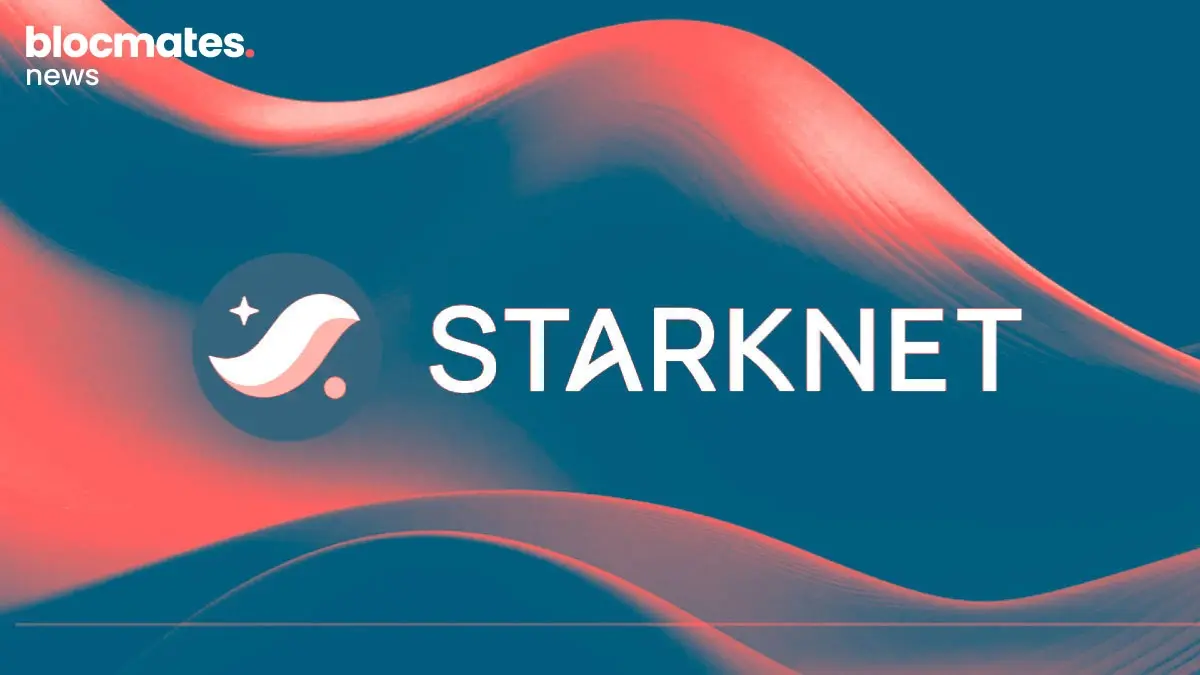
Nothing says “decentralized finance” quite like handing over all of your ETH to the largest liquid staking protocol, am I right? Yet, here we are. And with Lido now surpassing 2x of Vitalik’s proposed upper dominance boundary of 15%, how can DeFi reverse course?

Lido has shown it is not willing to negotiate, dismissing a proposal to self-limit with a 99.8% mega-majority and a cheeky grin. And while proponents argue that this was done to stave off the control of centralized entities, it still hinges a large percentage of Ethereum’s security budget squarely on the shoulders of a single protocol.

The market has shown that it won’t abandon the winning horse simply because “it’d be better for the network;” or as the great philosopher DJ Quik puts it - if it don’t make dollaz, it don’t make sense.
The concept is actually quite straightforward: DAOs and ETH whales will naturally be drawn to the staking solution that offers the optimal blend of (a) simplicity and (b) profitability. If a project wants to chip away dominance from first-to-market Lido, it has to outperform them in at least one of these categories (and preferably, both).
Introducing Swell - sending ETH on a pleasure cruise
Swell aims to fracture Lido’s stETH quasi-monopoly on LSDs with their swETH liquid staking token, all while aligning with Etherean intention of maximum decentralization. Their goal - outclass their competition by being: (a) simpler and (b) more profitable. “But, how, sir?”
- SIMPLER
Here’s the deal… Lido’s UI is already pretty sleek. Ultimately, transitioning from ETH to a liquid staking token should be a seamless process, and both Swell and Lido accomplish this effectively. However, Swell manages to earn bonus points by offering additional features. Specifically, they excel in two areas: direct on-ramping and their in-house swETH vaults.
Direct on-ramping: Users can buy ETH using credit/debit card, bank wire, CashApp, ApplePay, or GooglePay - all directly from the Swell dApp. You may have noticed the credit card icon in the top-right corner of the Swell UI, indicating their integration with partner Transak for streamlined transactions.
In-house Swell vaults: Swell goes the extra mile by providing users with the opportunity to earn additional yield on their liquid staking tokens (LSTs). For now, they achieve this through solid partner liquidity-mining integrations with Aura, Bunni, Maverick, and more. Future iterations will allow for in-house yield generation through vault strategies. This instant composability is truly impressive. Rest assured, there will also be plenty of external DeFi sources where enthusiasts like us can utilize swETH 👀.

We are strong proponents of eliminating unnecessary hurdles in DeFi. Simplifying the user experience and making it more intuitive is paramount. By removing complexities and barriers to entry, we can create a welcoming environment for newcomers to easily participate in the crypto space. After all, widespread adoption relies on making DeFi accessible to the average person, not just the tech-savvy enthusiasts.
- MORE PROFITABLE
The math behind LSD yield is actually quite straightforward. It involves the following components:
- Ethereum staking rewards: This is the amount of ETH rewards generated through staking.
- Fee for the node operator: The node operator is responsible for running the ETH node, enabling users to participate in staking. They charge a fee for providing this service.
- Fee for the protocol: This fee typically goes to the DAO associated with the protocol.
As a result, the ETH depositor receives the ETH staking rewards minus these two fees, and this trade-off is generally considered acceptable by depositors. The depositors didn’t have to gather the minimum 32 ETH nor set up their own node, after all.
In the case of Lido, they apply a 10% fee on the staking rewards, meaning depositors only receive 90% of their maximum potential gains. However, Swell has chosen to waive all fees during their promotional campaign to generate initial liquidity. This means users participating in the campaign will receive 100% of Ethereum staking rewards. Even after the campaign, fees will only account for 5% of the rewards, which is half of what Lido charges.
By offering a lower fee structure, Swell aims to provide depositors with a more favorable yield compared to Lido. This can be an attractive proposition for users looking to maximize their earnings from staking.

Did you notice how in the side-by-side UI comparison above, 1 swETH was not equal to 1 ETH, but 1 stETH = 1 ETH? Of course you did because you are a very detail-oriented reader 🙂. This divergence stems from the fact that Lido's stETH is a "rebasing" token, while Swell's swETH is a "reward-bearing" token. Let’s look at an example:
- Scenario A: Alice buys 1 stETH
- Scenario B: Bob buys 1 swETH
- Let's assume both scenarios have a 5% reward rate for simplicity.
After one year, Alice will own 1.05 stETH (equivalent to 1.05 ETH) since additional stETH is awarded to her over time. On the other hand, Bob will still possess 1 swETH, which would have appreciated in value relative to ETH at the same 5% reward rate (amounting to 1.05 ETH).
… So, what?
The key distinction lies in the tax implications associated with these token models. Oh, and by the way, don’t rely on us for tax advice (or any advice, really). In many countries, taxes are levied not only when you sell tokens for a gain (capital gains tax) but also when you receive tokens (income tax). Since some countries may categorize the additional 0.05 stETH as income, reward-bearing token designs, like swETH, offer a notable advantage, particularly for larger-scale investors ("whales").

The Swell Team & Backers
Swell Labs, an Australia-based Web3 company, has garnered notable support from prominent investors such as Mark Cuban, Framework, and Bankless, among others. The team is led by Daniel Dizon, a Harvard dropout who previously founded and successfully sold a Web2 startup before venturing into the launch of Swell.
We commend the team's dedication and perseverance over nearly two years leading up to the project's launch. Building the foundation for new technology is a time-consuming process, and their commitment serves as a valuable lesson for aspiring founders in the space. It demonstrates the importance of staying focused and putting in the necessary effort to lay a strong groundwork for success.
The Swell Community

Swell has garnered a notable following, despite our bearish times - amassing 12.5K Discord members and 15.3K followers on Twitter. And they have some dank memes.
Value Alignment & LSD-Fi
With Ethereum's transition from Proof-of-Work to Proof-of-Stake, early adopters had the opportunity to establish themselves and create barriers to entry, resulting in a certain level of centralization among service providers. However, Swell believes that their protocol's fundamental values align with Ethereum's vision, emphasizing the importance of decentralization and the need to fight for it.
On a given week in crypto, “hype” wipes its ass with “values.” However, the trustless financial infrastructure provided by crypto has been the driving force behind this nascent industry, allowing it to persevere through multiple bear markets. It is the underlying values that endure.
While some may dismiss the concept of LSD-Fi (Liquid Staking Derivatives in DeFi) as an exaggerated narrative that has run its course, let's take a closer look. In DeFi, there is a tendency for the collective mindset to latch onto a narrative and exhaust it, even if that narrative is nothing more than vaporware. Whether it is food coins or OHM-forks (OK, some turned out to be cool), those of us who prioritize utility have been patiently waiting for real and practical use cases to stake their claim.
Many argue that Ethereum staking yield can be seen as DeFi's equivalent of a "risk-free rate," akin to the US federal funds interest rate in traditional finance. In traditional finance, this risk-free rate serves as a foundation for financial instruments and serves as a benchmark against which other investments are measured. Following the Merge, liquid-staking derivatives have become one of the first applications to leverage this financial Lego, providing an easy way for users to participate in Ethereum staking without the complexities of setting up their own node. As we enter the next phase of competition among these LSD projects, we will witness which ones have the staying power. With Swell now entering the arena, we are even more excited to witness the unfolding developments in this space.
The SWELL token & the Voyage
THE $SWELL VOYAGE AIRDROP IS LIVE!
50M $SWELL tokens (5%) are allocated to the Voyage
Collect pearls now by staking and LPing swETH, then redeem them for $SWELL at the TGE later this year
🤿🫧💎https://t.co/ZMAhxSCI16 pic.twitter.com/iOSACRc4sV
— Swell (@swellnetworkio) June 1, 2023
TLDR is that there will be a token (SWELL), but it hasn’t yet been finalized. However, for those eager to get involved early, Swell is currently hosting the Voyage incentivized launch event, which aims to bootstrap liquidity and secure an initial supply of ETH. This early growth is a key step in their goal of improving the health of the staking ecosystem. Here’s how to qualify:
- Convert ETH into swETH via their interface
- Either hold your swETH or participate in bootstrapping pools on Balancer, Aura, Maverick, and Bunni
Goals have also been established by the team, promising an additional 40% of airdropped SWELL to Voyage participants if they are met. These incentives have drawn a lot of eyes - with deposited ETH pushing 20,000 and market-leading momentum leading the way.
Adding more fuel to the fire, they’re currently offering a “minting bonus”, where new swETH minters stand to earn accelerated rewards.

[TVL for LSD protocols, according to DeFi Llama, sorted by 7d change. Taken 5 JUNE 2023]
Everything above is “Chapter 1” of their Voyage campaign, with Chapters 2 and beyond offering some more opportunities to engage with the protocol and its community (and earn juicy incentives).

A Note on Security
Lido's strong commitment to providing a secure product has been a key factor in its dominant position within the LSD market. Swell, following a similar approach, aims to match Lido's standards and practices as the market leader. For their first stage of development, they’ve connected with a set of professional node operators to help the project scale. Follow-on iterations will expand the validator set in a permissionless manner, harnessing new tech like DVT to scale while maintaining its central values. They’ve also established a Chainlink oracle to continuously verify their Proof of Reserves - very nice.
For all you wannabe white hats, they have a bug bounty on Immunfi. Though they were audited by Sigma Prime, so… good luck.
Why competition in staking providers is not only good but necessary
Today, the market cap of Ethereum is sitting comfortably above $200B. It's important to note that this valuation doesn't even consider the multitude of ERC-20 governance tokens, NFTs, stablecoins, memecoins, and whatever these are. Consequently, a handful of protocols and teams bear the responsibility of overseeing the security of a value comparable to the entire GDP of Greece.

[From hildobby on Dune]
Achieving a decentralized distribution of ETH stakers will be a gradual battle between various protocols, each striving to carve out their niche. However, as we mentioned earlier, rational market participants are unlikely to shift from the familiarity and security of their stETH holdings unless a more profitable and user-friendly alternative arises.
Swell aims to align itself with Ethereum's ethos (the "ETHos," if you will) by providing a frictionless on-ramp for new users to stake their assets and seamlessly integrate with dApps. We are genuinely excited about the potential of Swell's approach. By prioritizing the development of a robust and useful product even before finalizing their token plans, they are following the correct order of operations in our opinion.

Swell has garnered respect and recognition from influential players in the DeFi space, including Yearn, Aura, Pendle, and Olympus, all of which are market leaders in their respective sectors. Additionally, by tapping into the passionate and dedicated communities surrounding NFT projects, Swell has attracted a significant portion of the crypto community's attention as it embarks on its journey. It is quite rare to find a project that possesses solid fundamentals while also generating significant hype, even in the midst of a bear market.
From the early stages, it has been evident that LSDs fulfil a clear market need. The ability to utilize locked ETH while simultaneously earning staking rewards represents a groundbreaking innovation. The question that now arises is whether this sector will witness a winner-takes-most scenario or if multiple winners will emerge. Rest assured, we will be closely monitoring the developments, and we look forward to seeing fellow apes and participants testing the waters during the Voyage event.

[From hildobby on Dune]





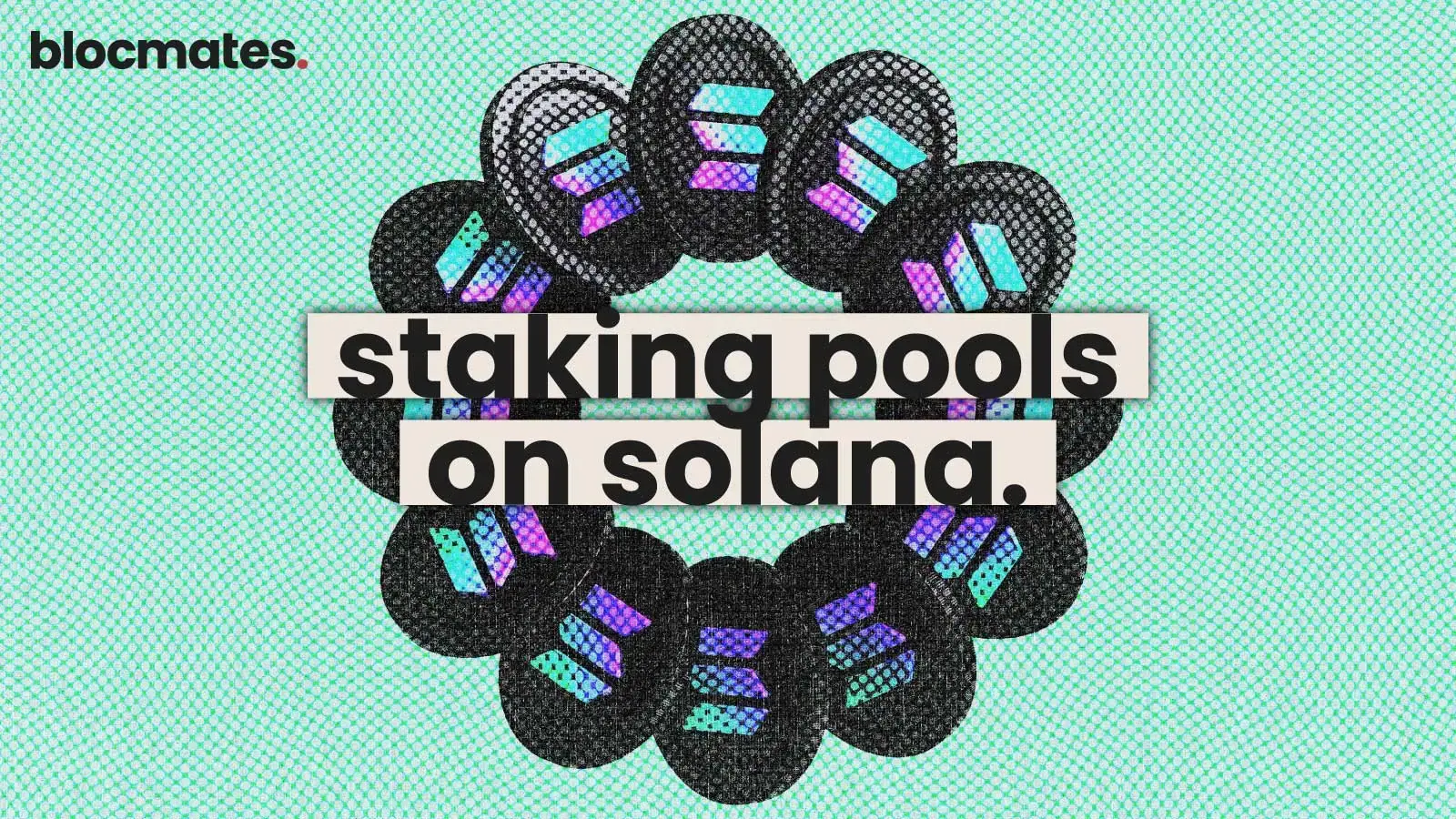





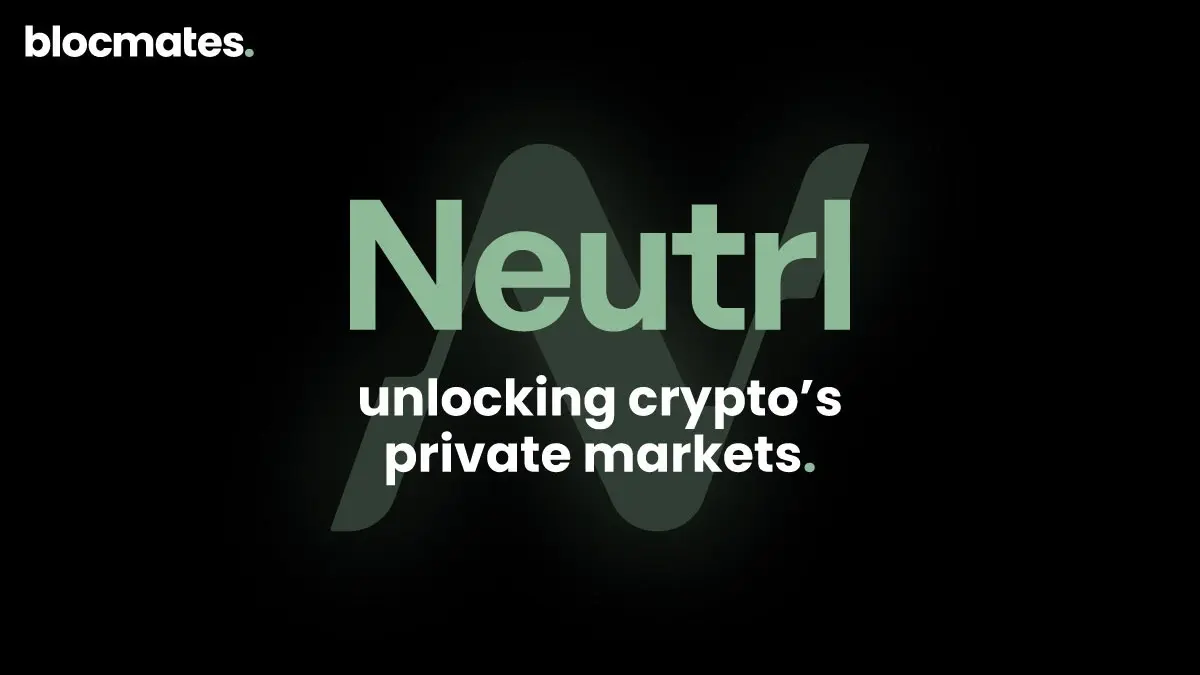


.webp)

.webp)
.webp)

%20(1).webp)
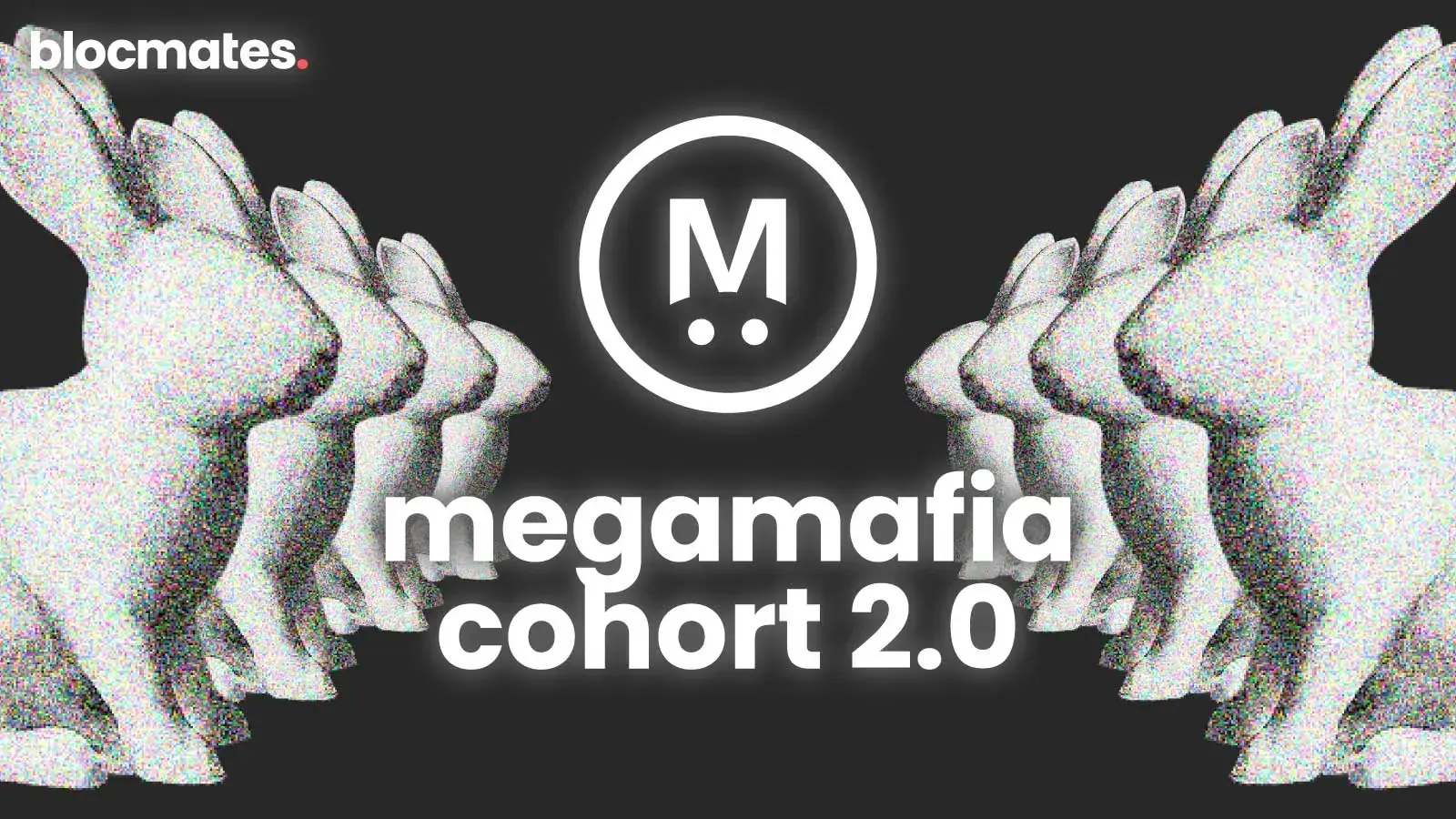
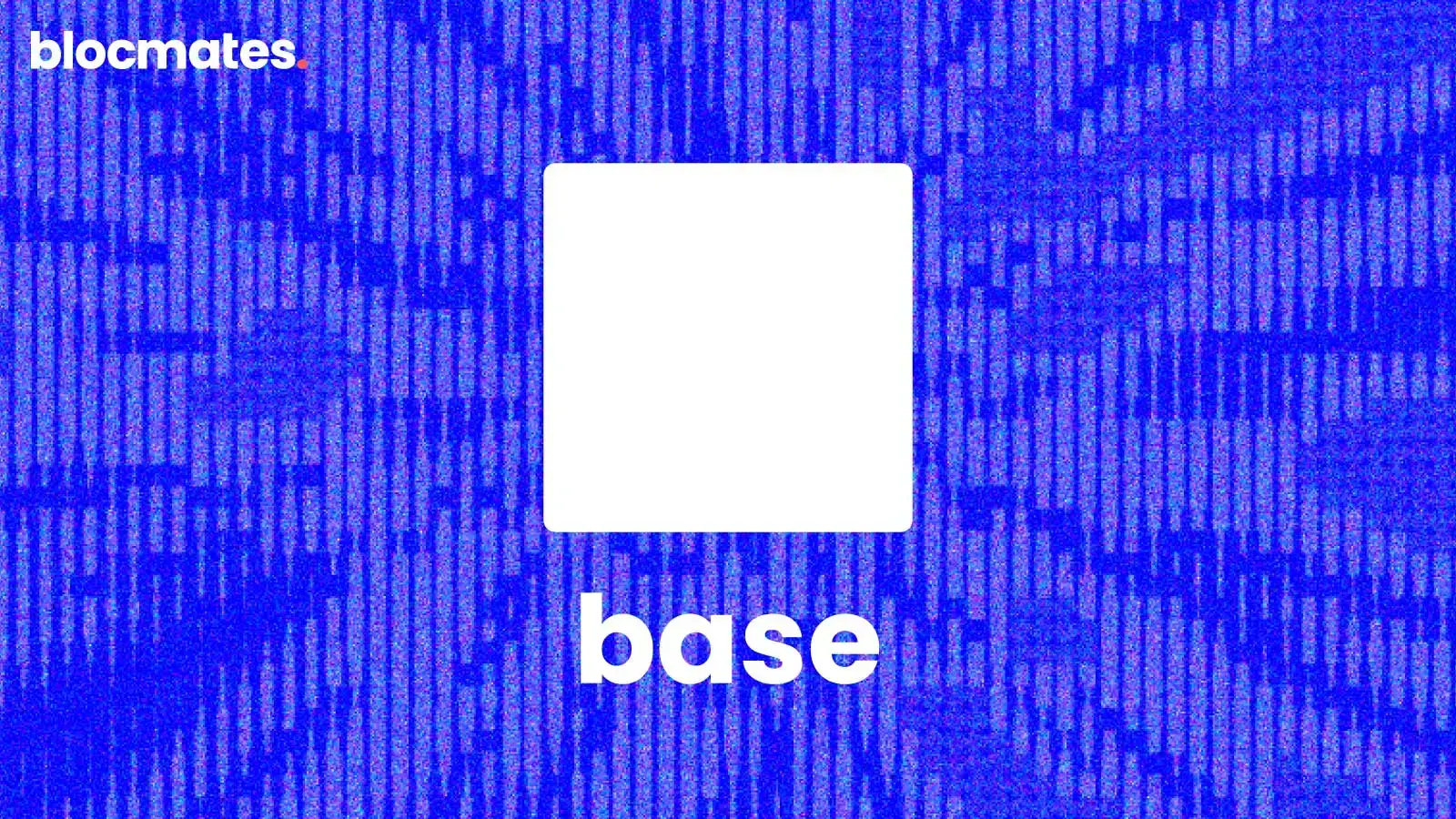
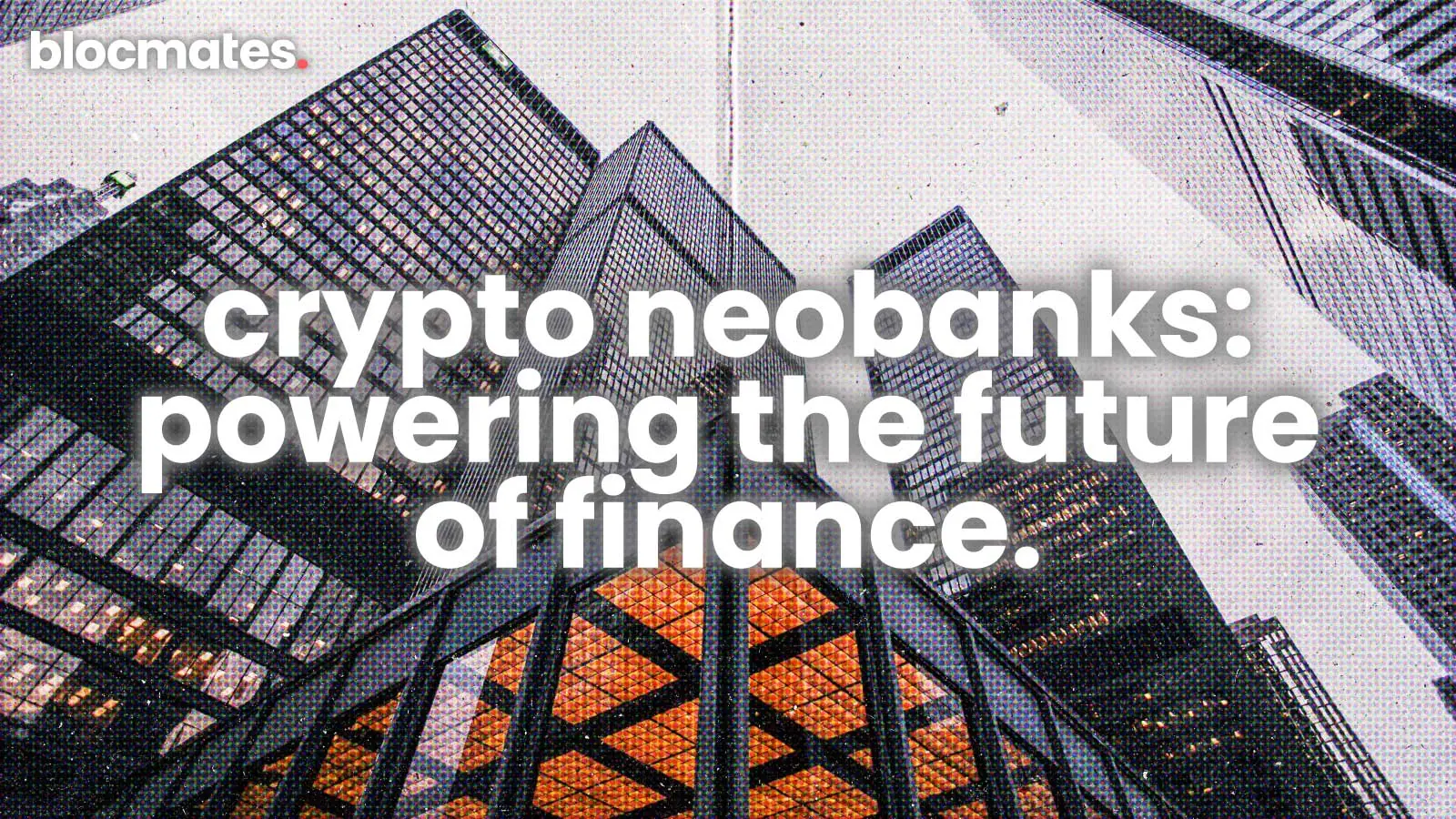


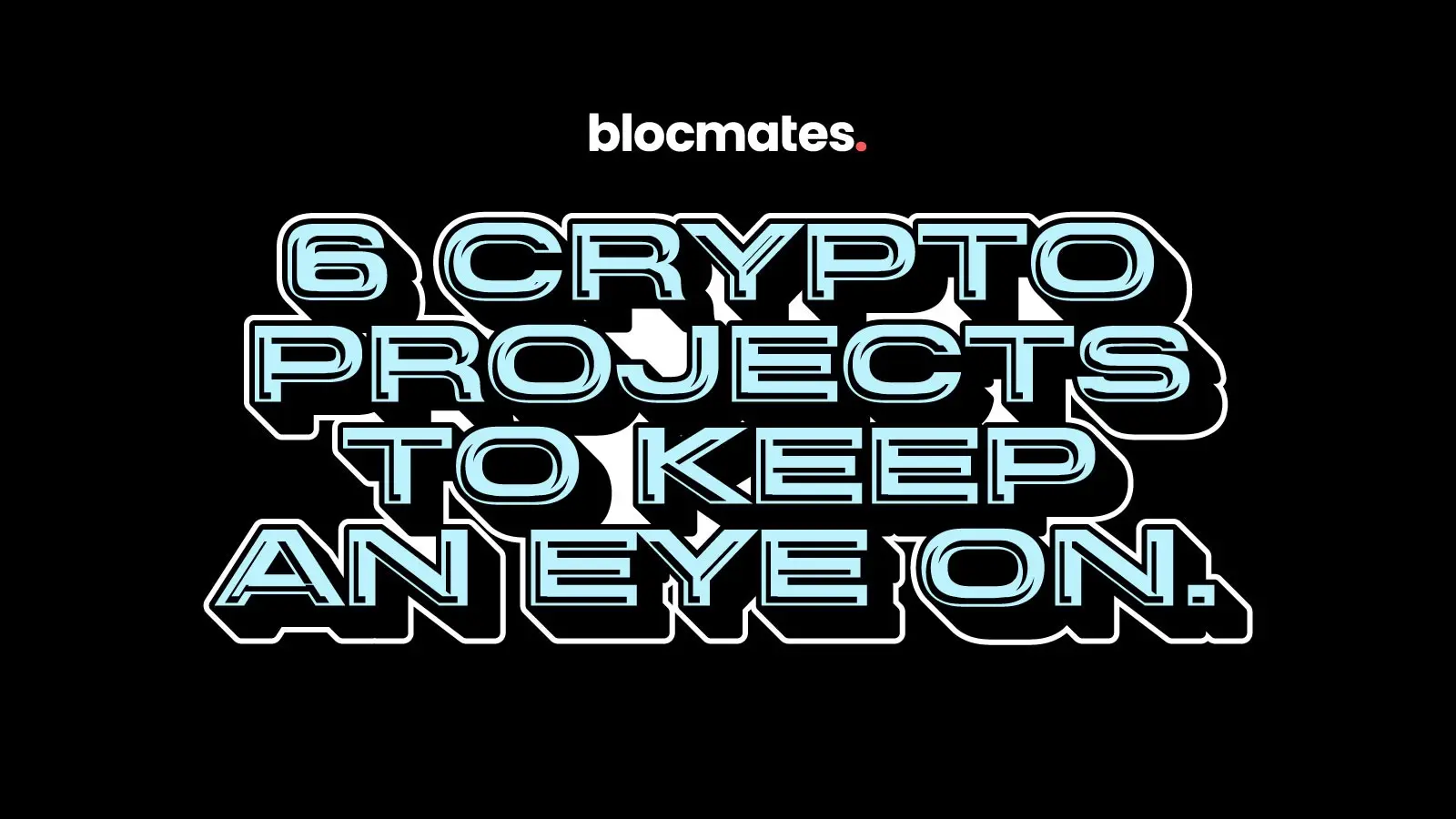
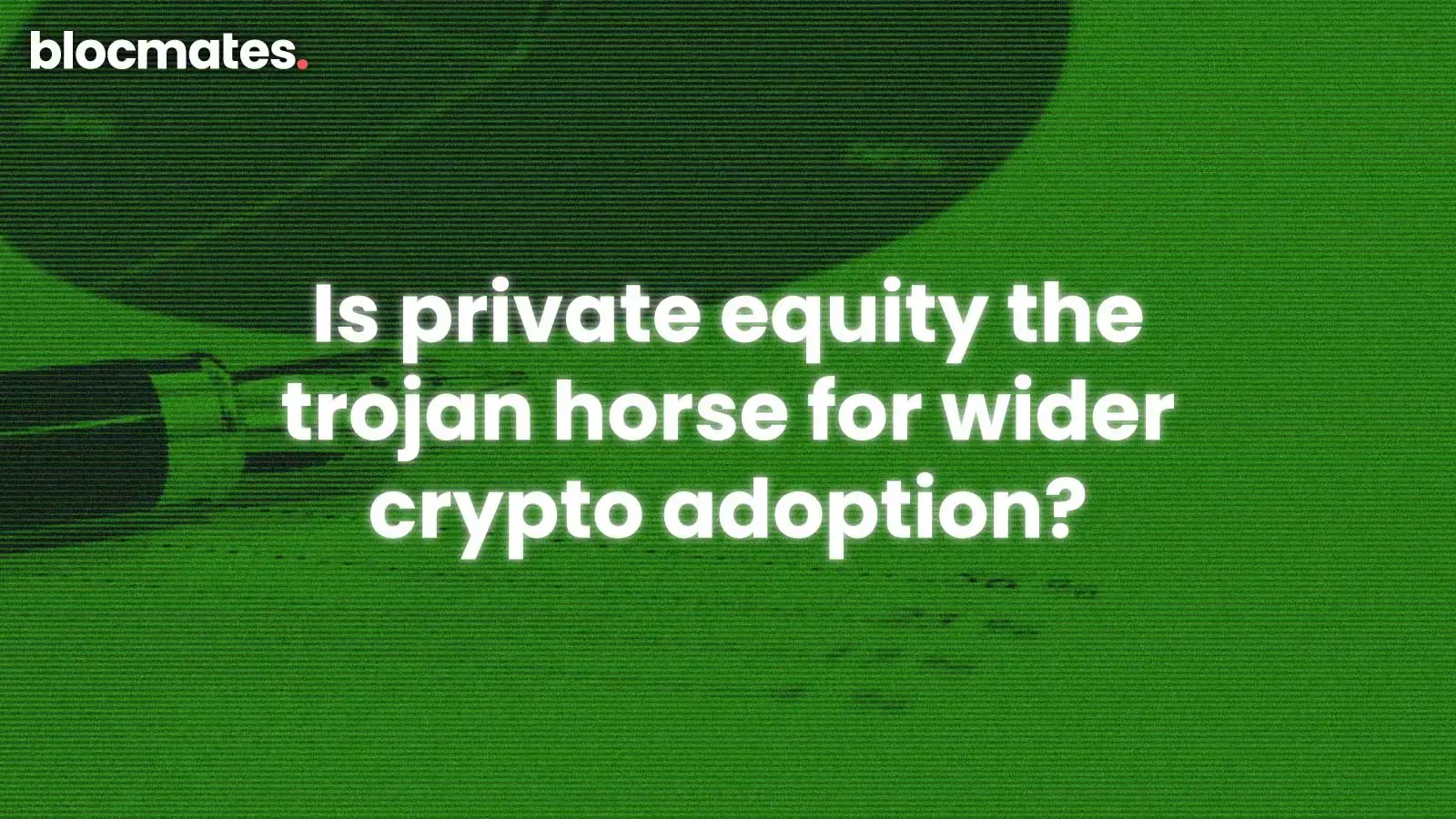
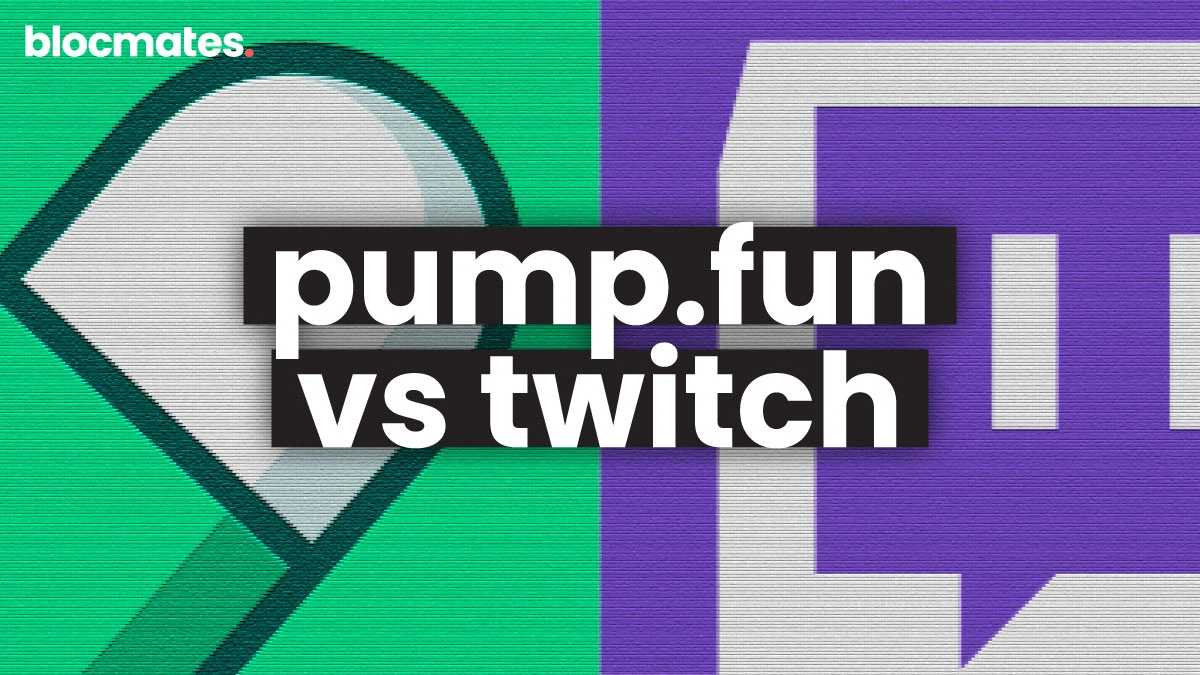

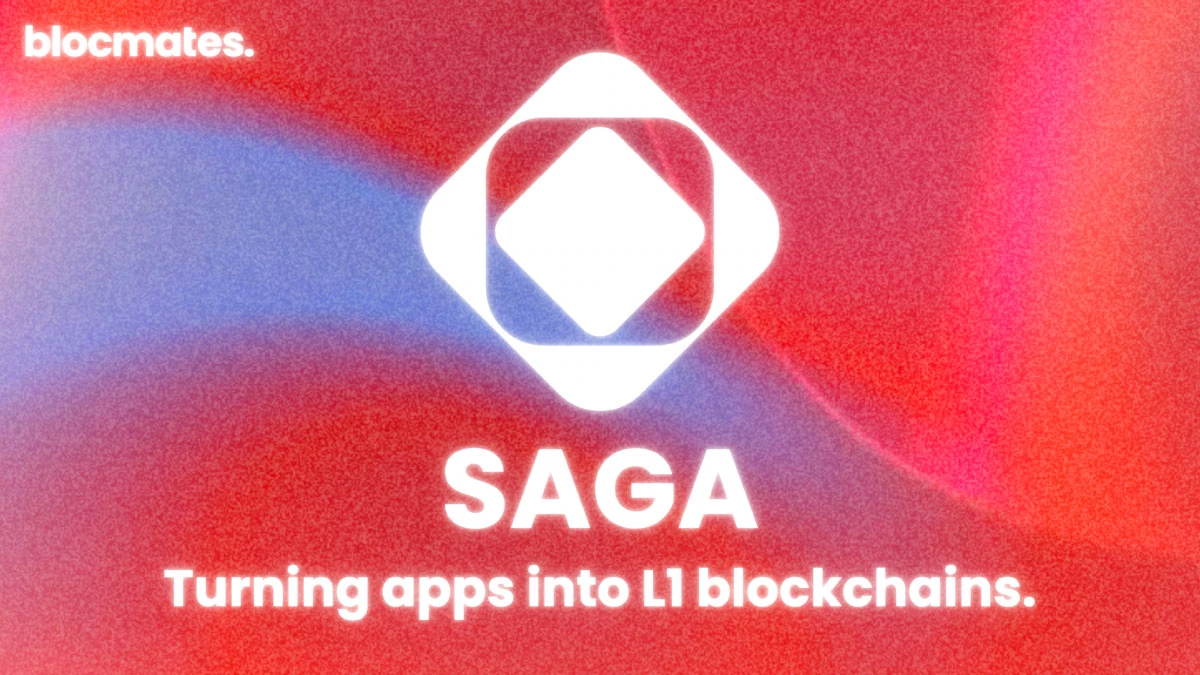


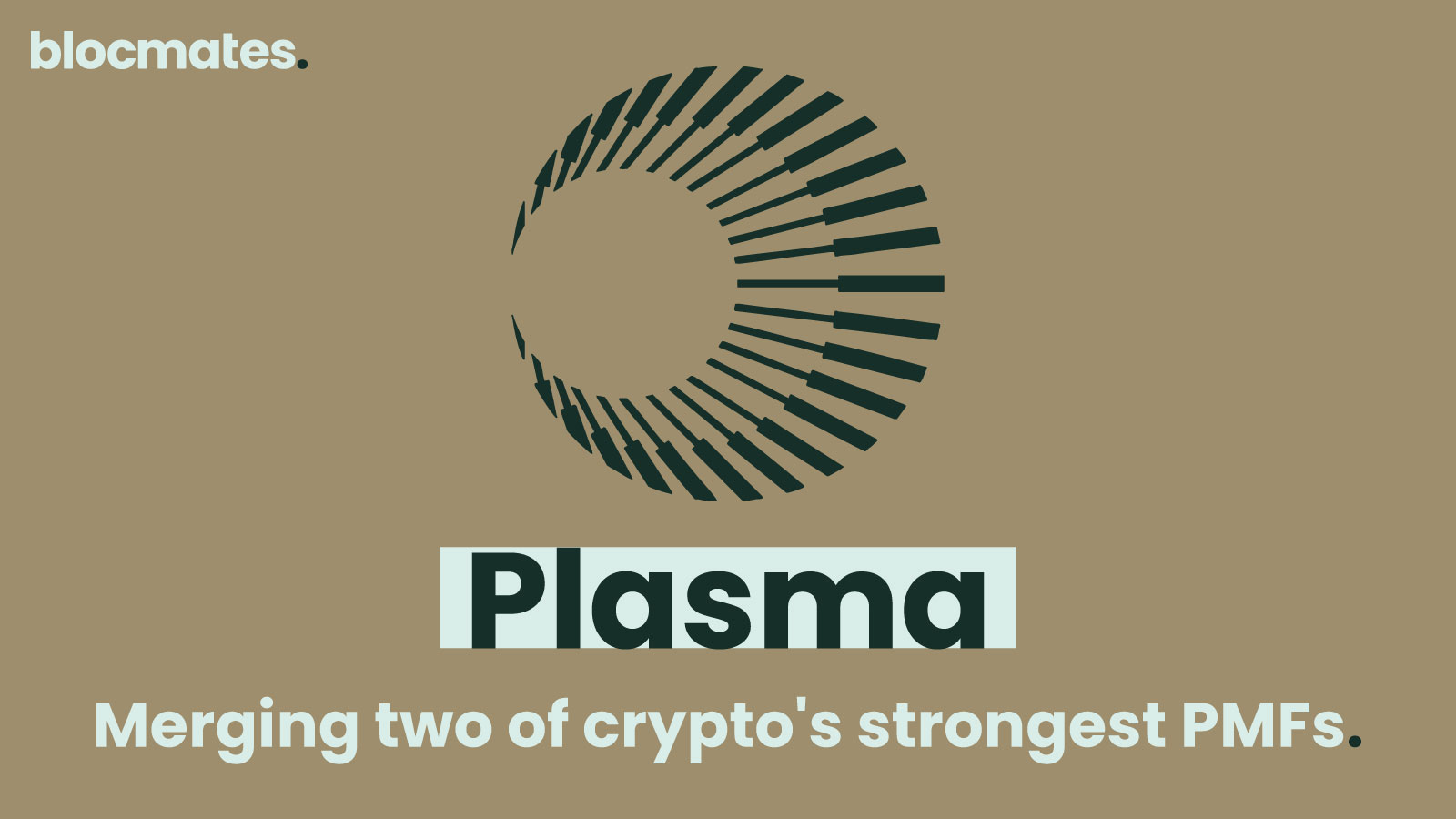

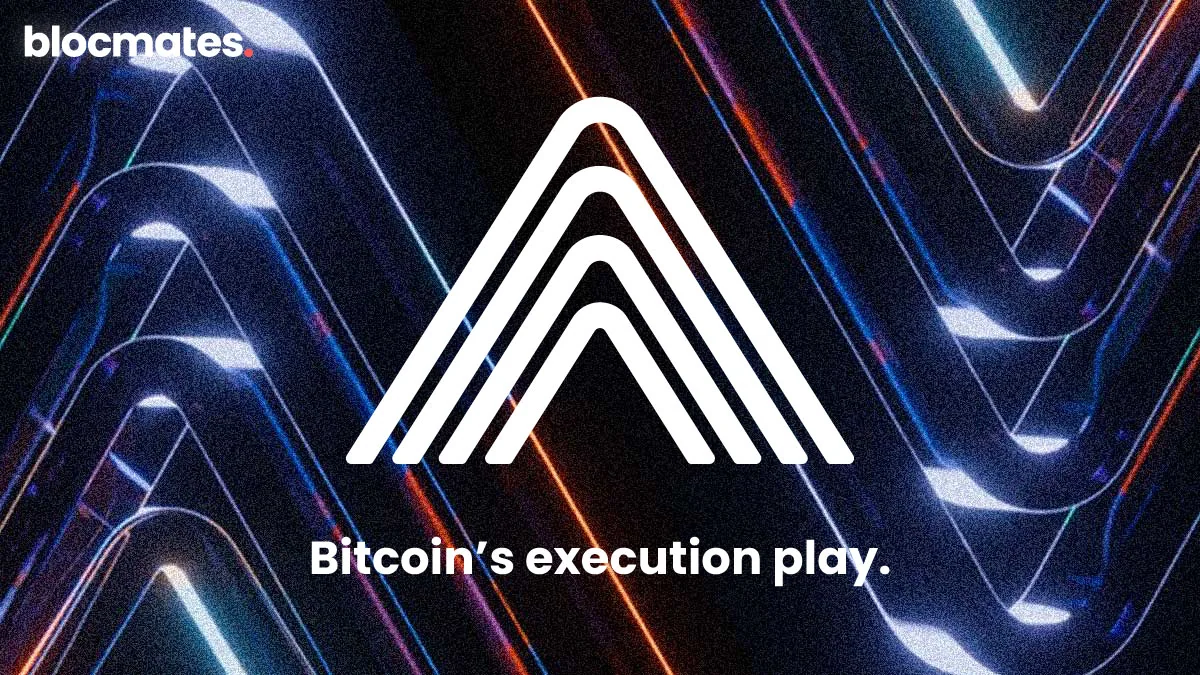

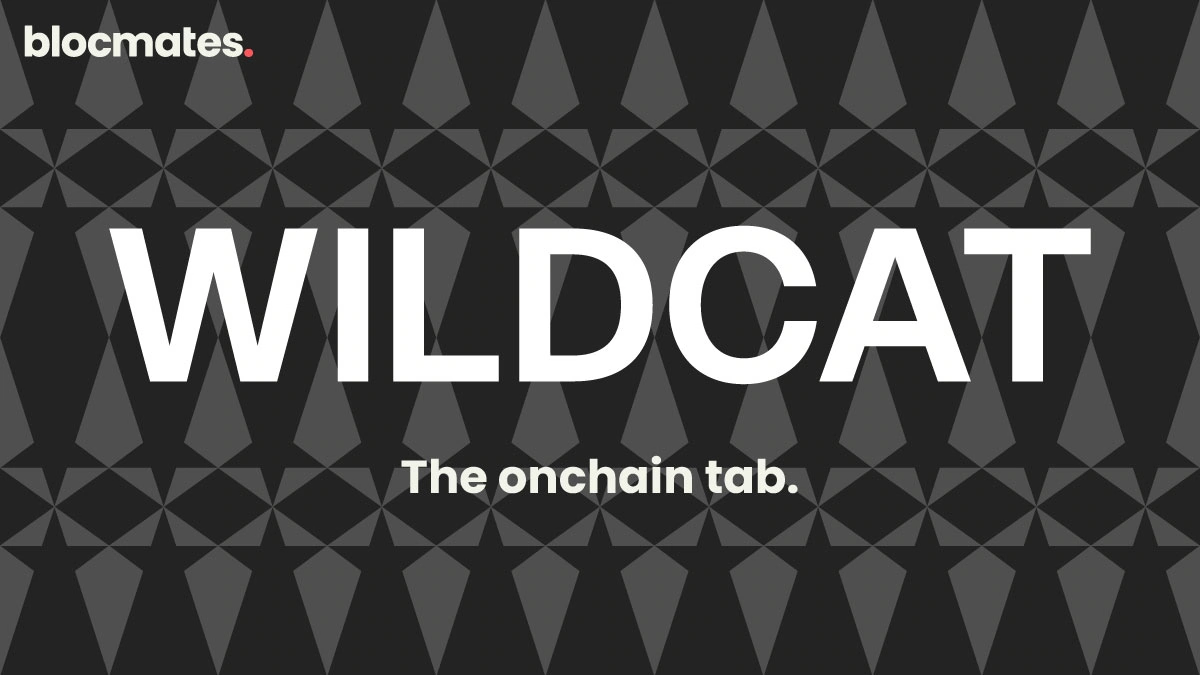
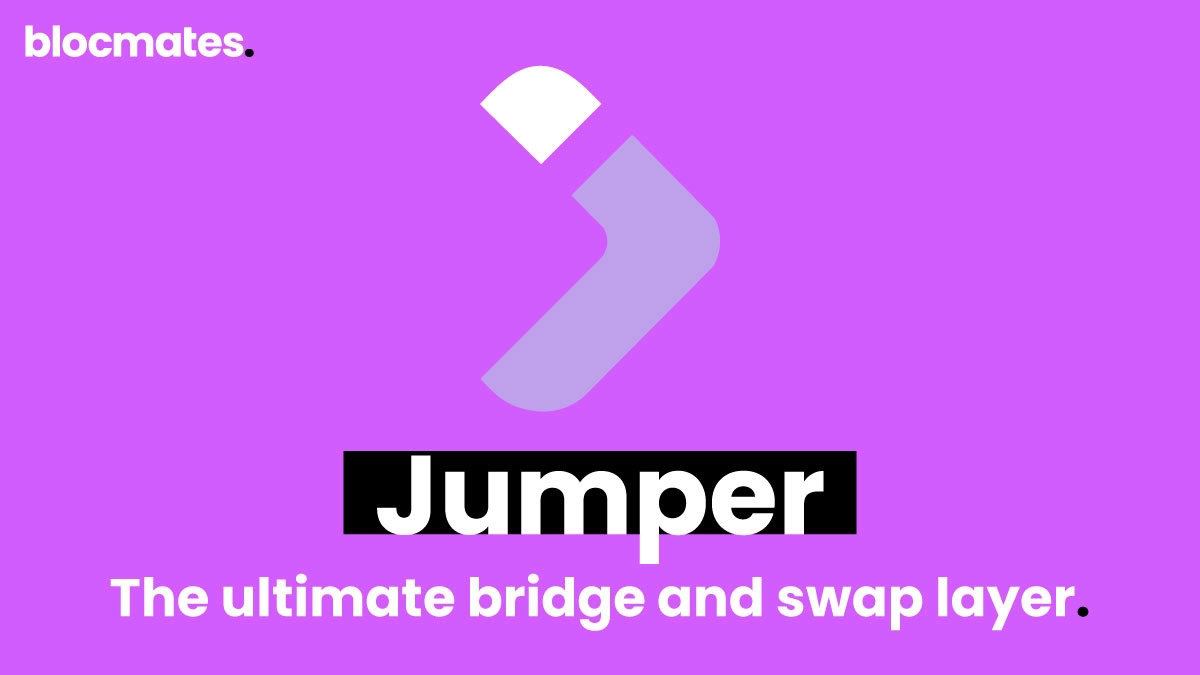
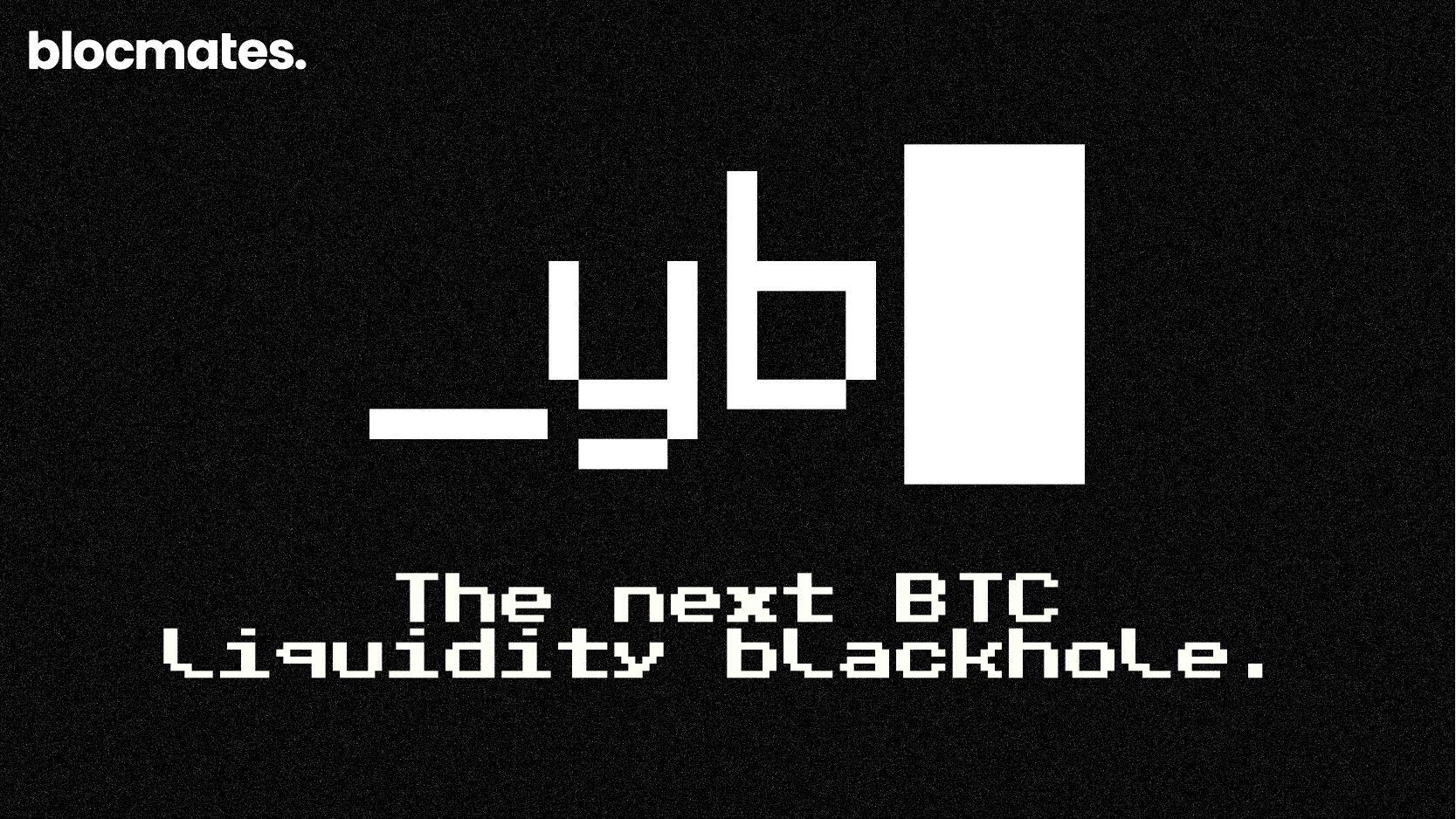
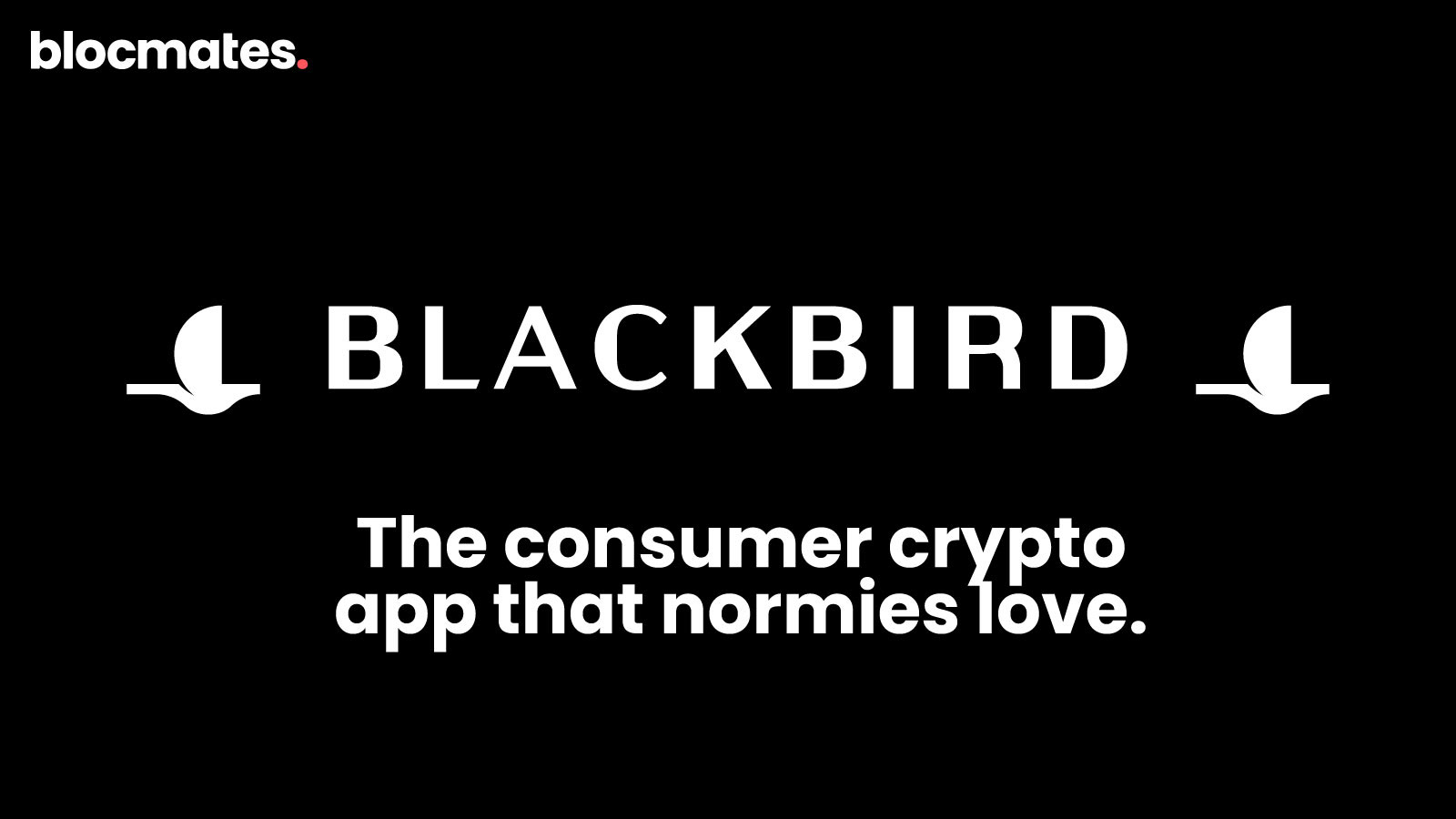
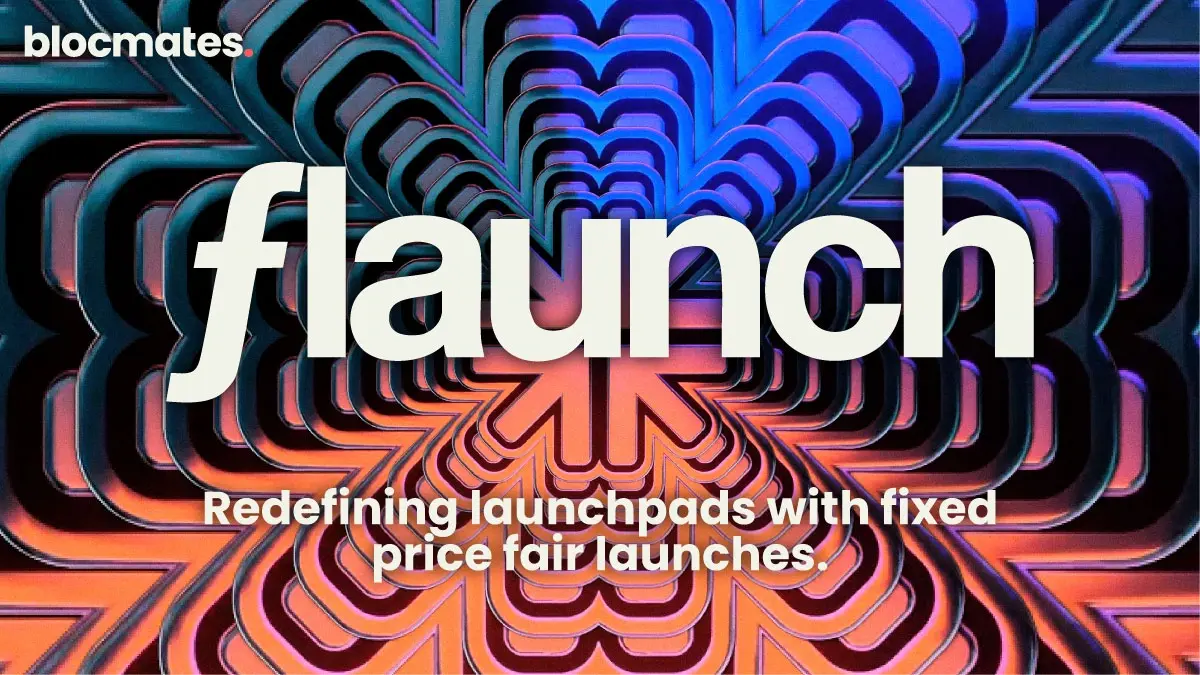

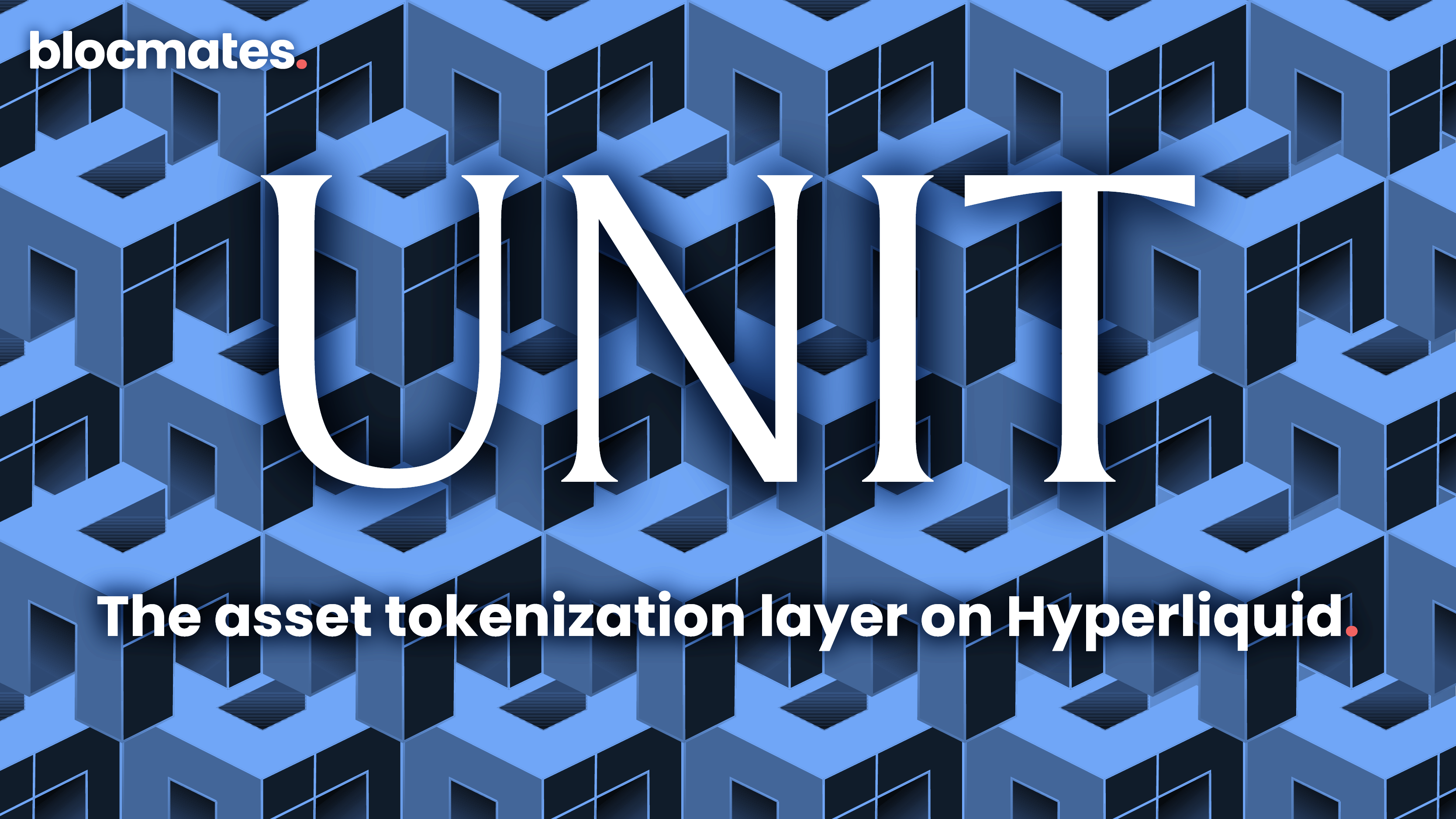



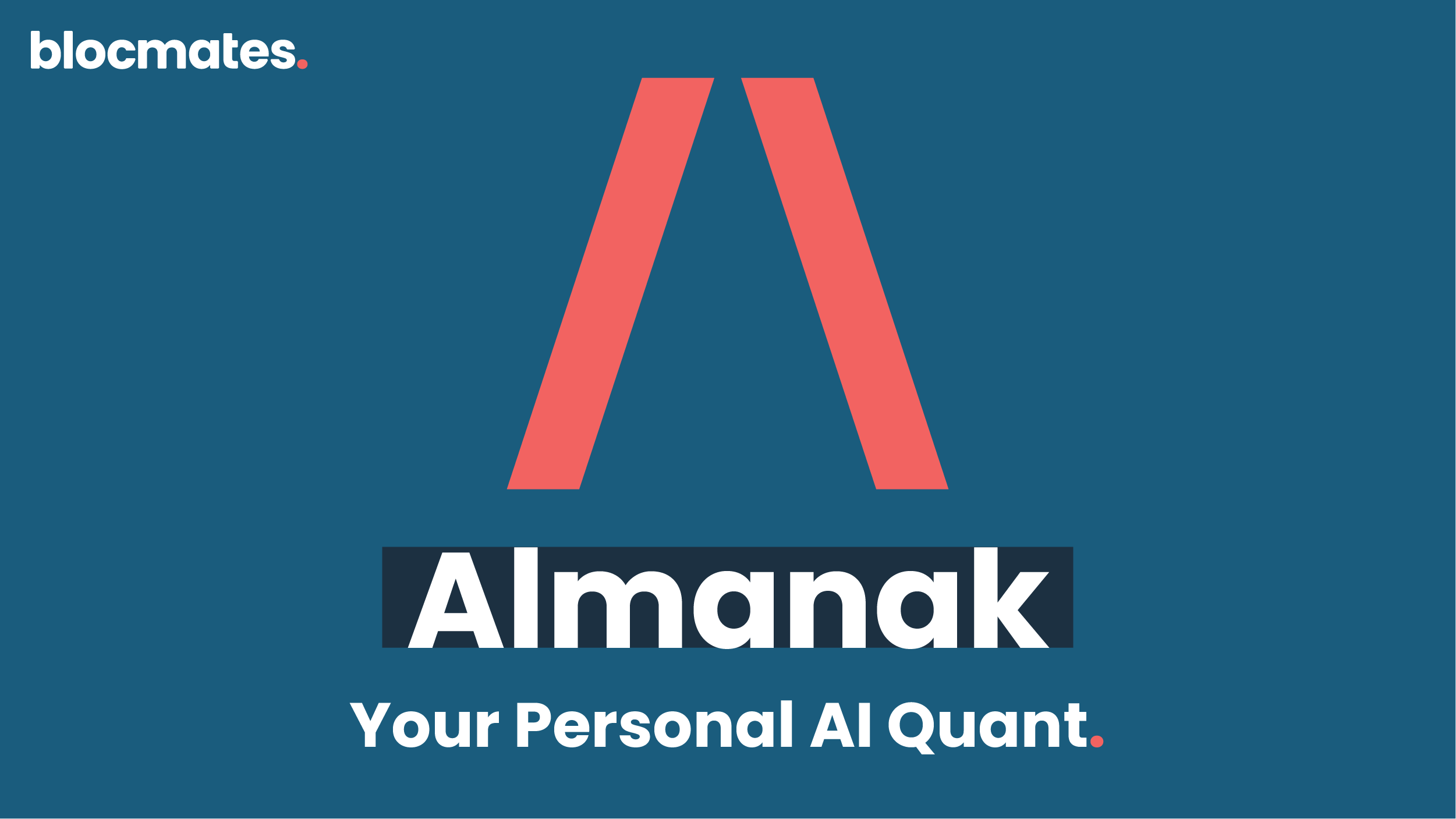
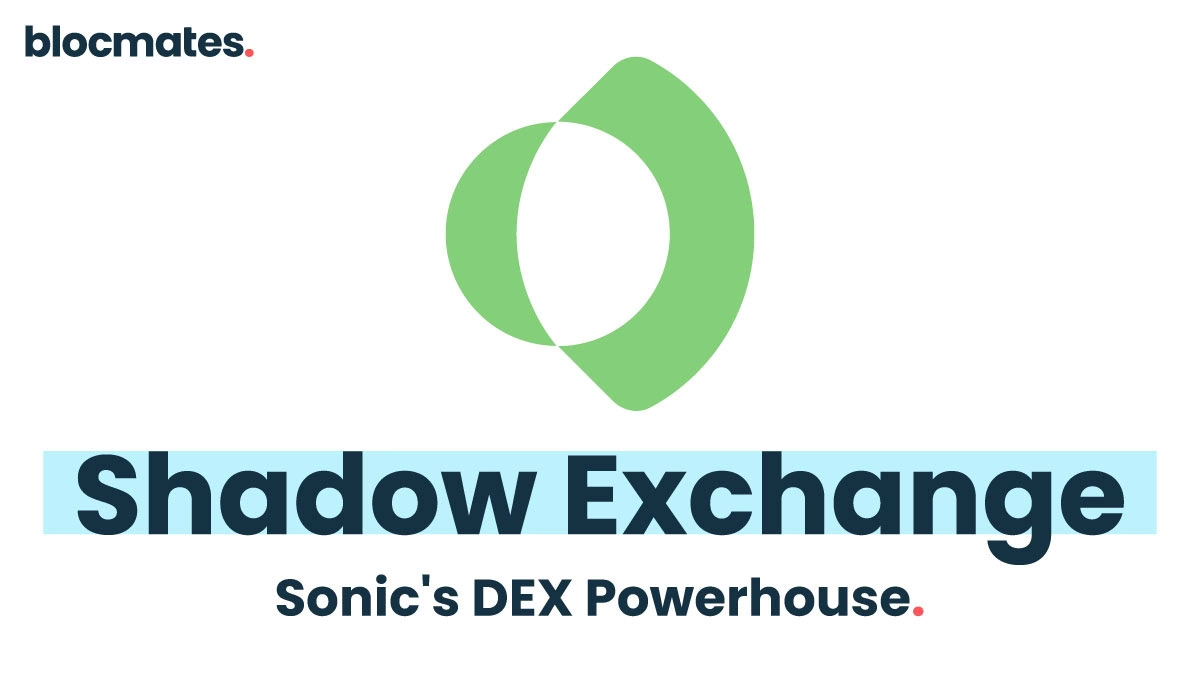


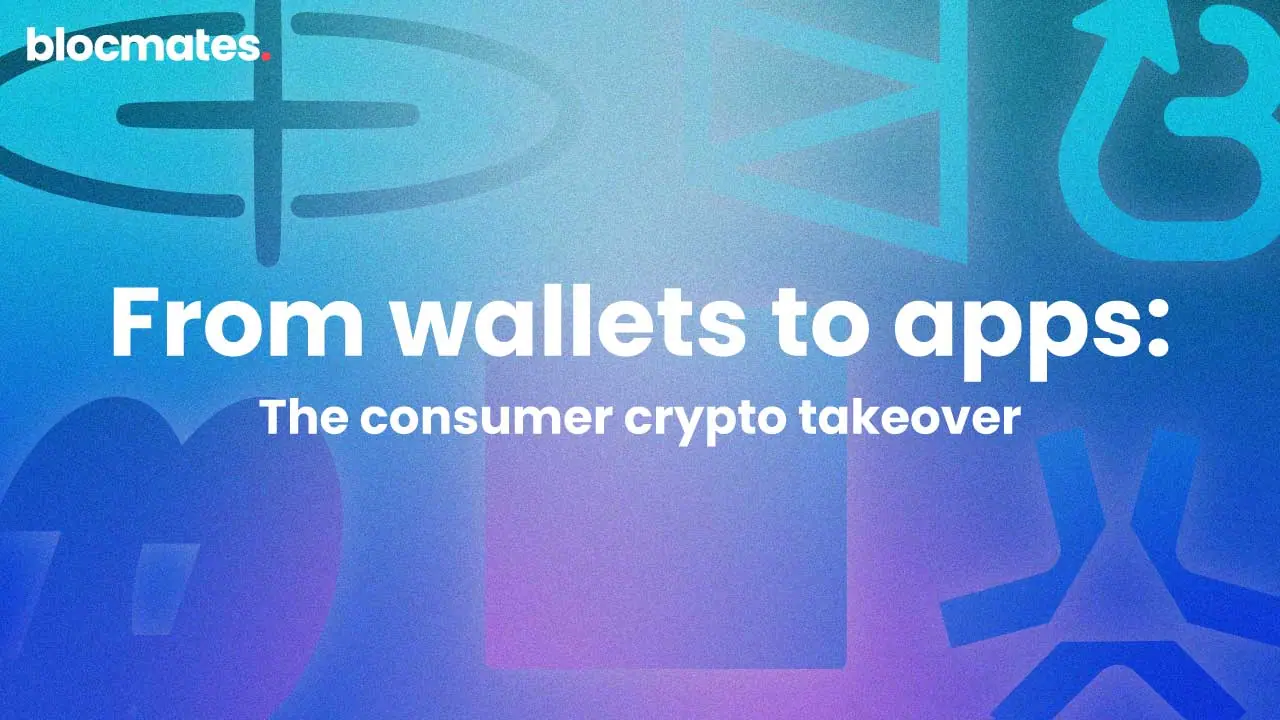


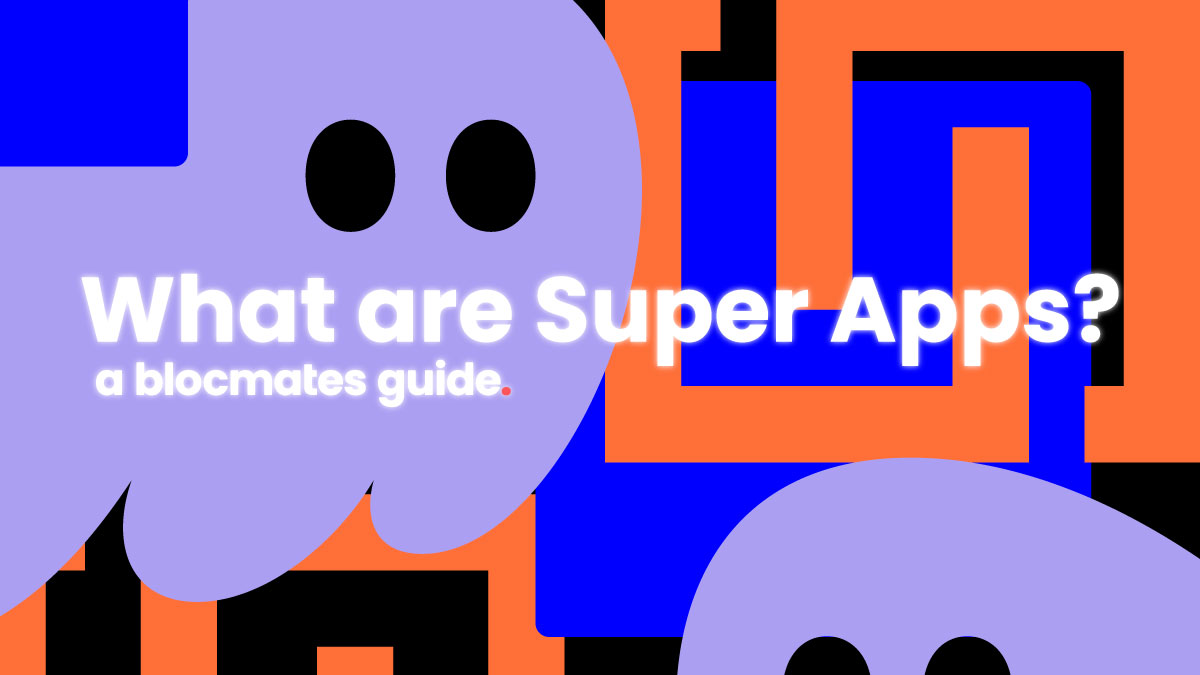
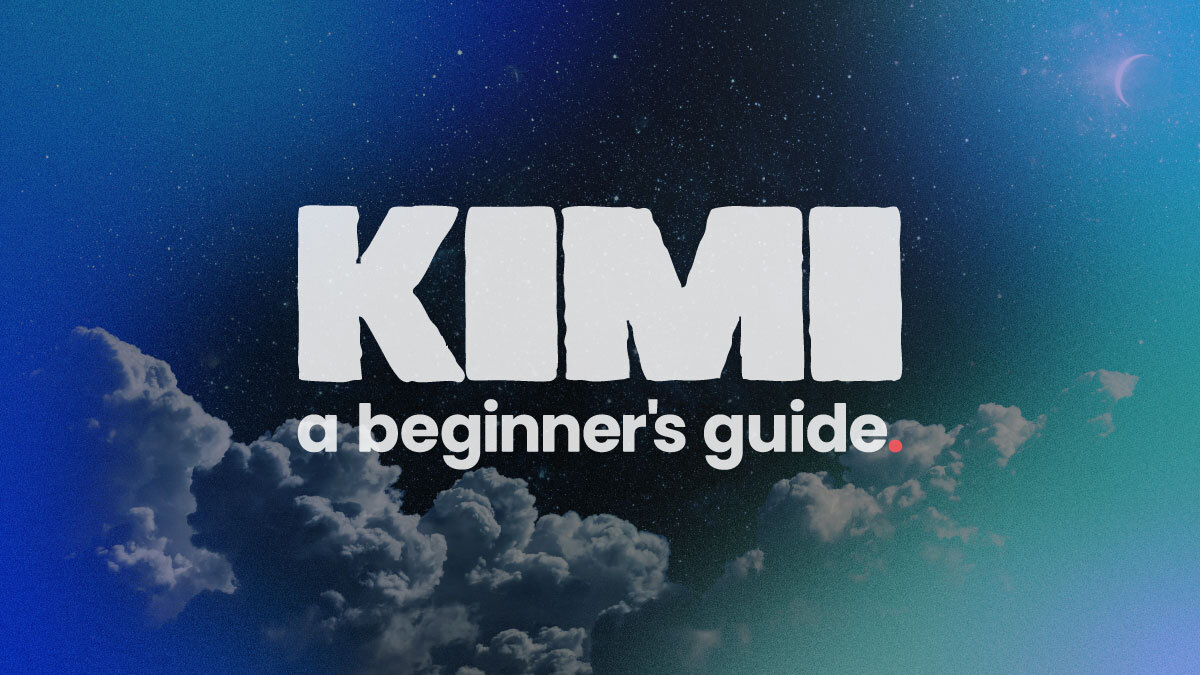
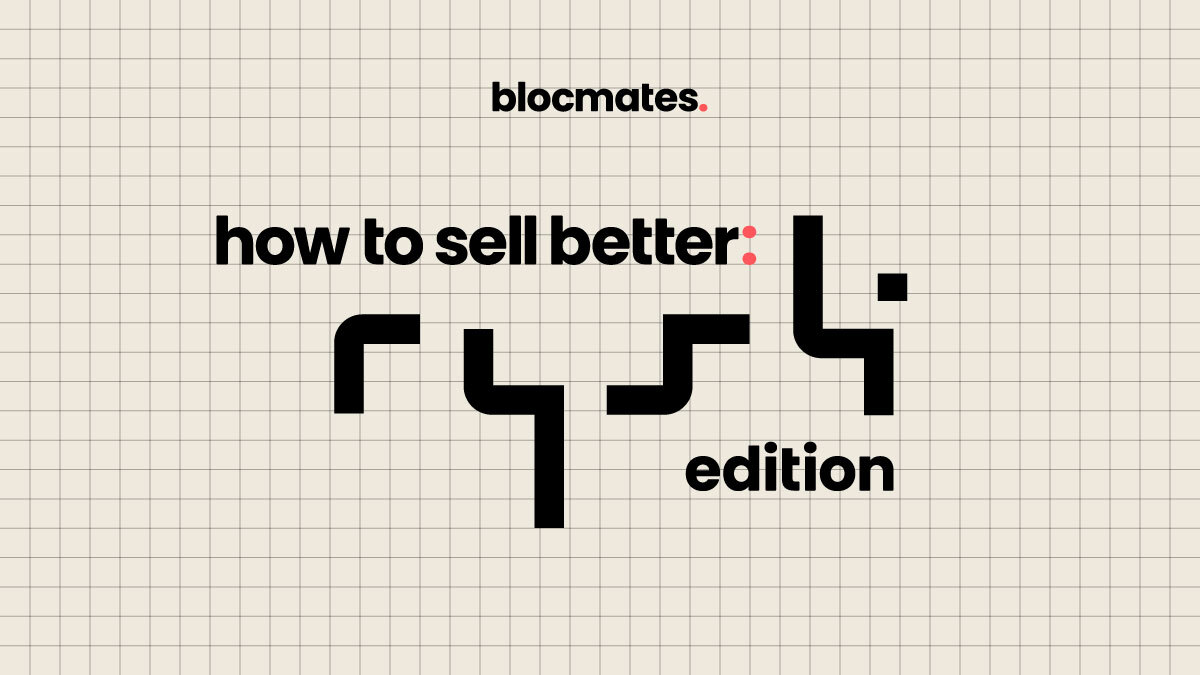


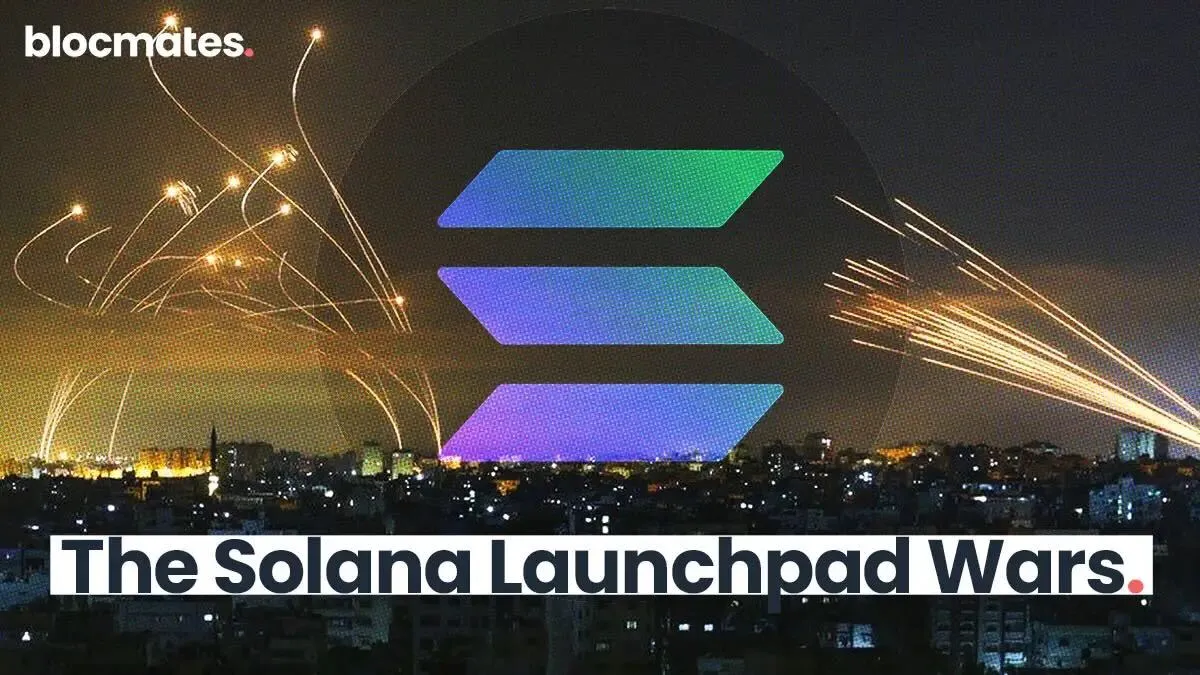




















%202.webp)


.webp)

.webp)
.webp)
.webp)



.webp)

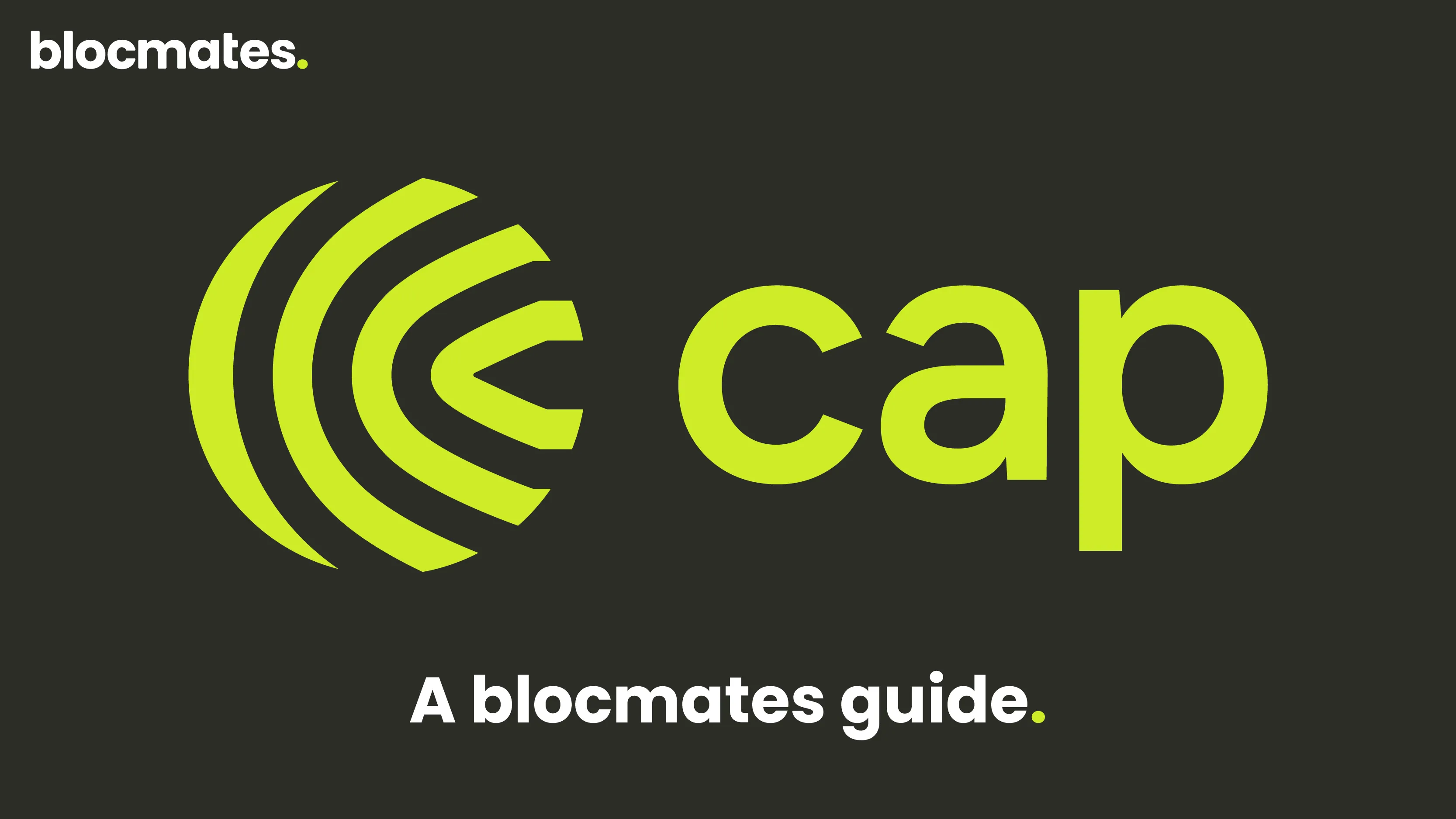










%20the%20Next%20Big%20Unlock%20in%20AI.webp)




.webp)
.webp)

.webp)
.webp)
.webp)


.webp)
.webp)










.webp)


.webp)









.webp)







.webp)
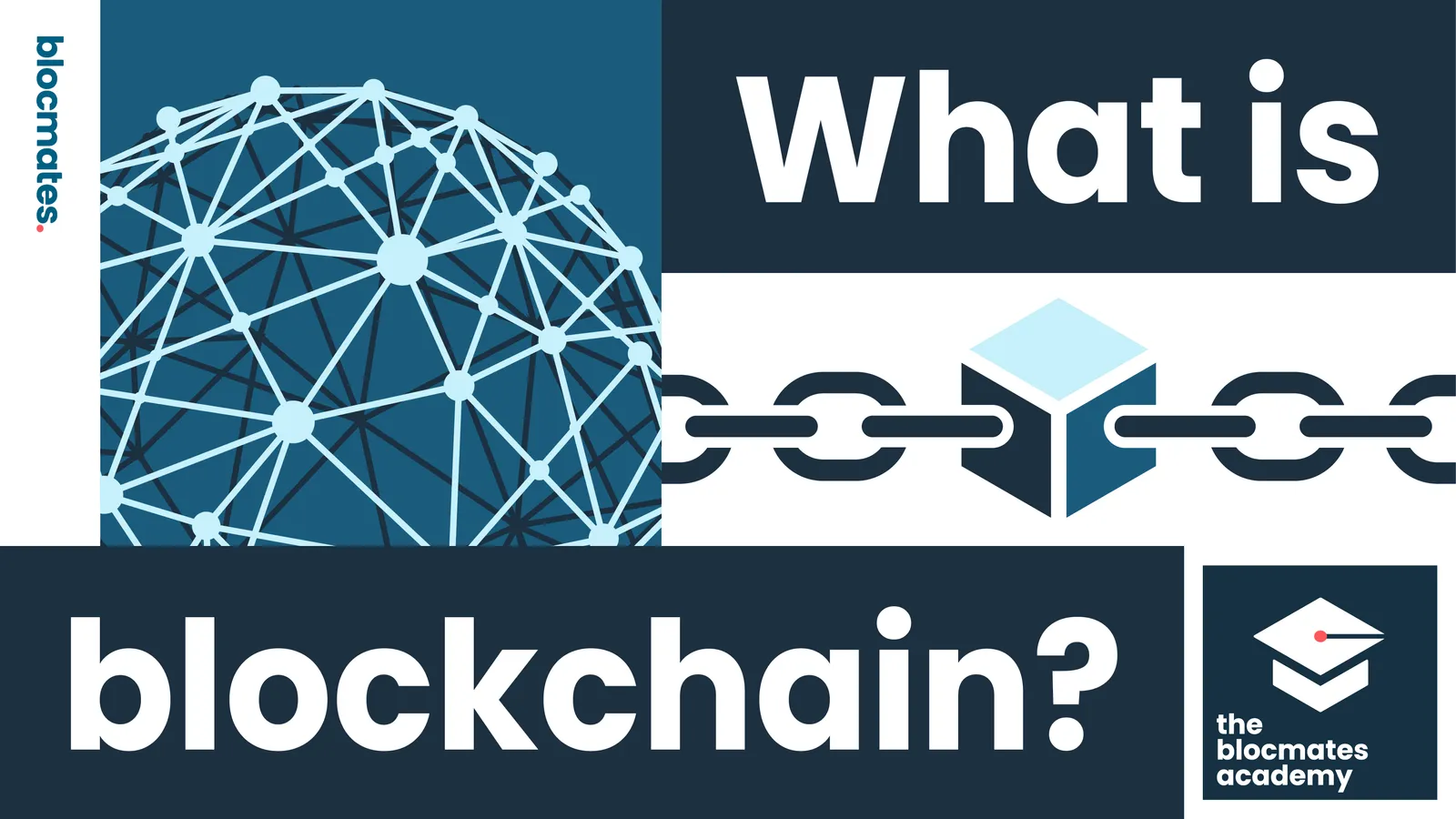



.webp)






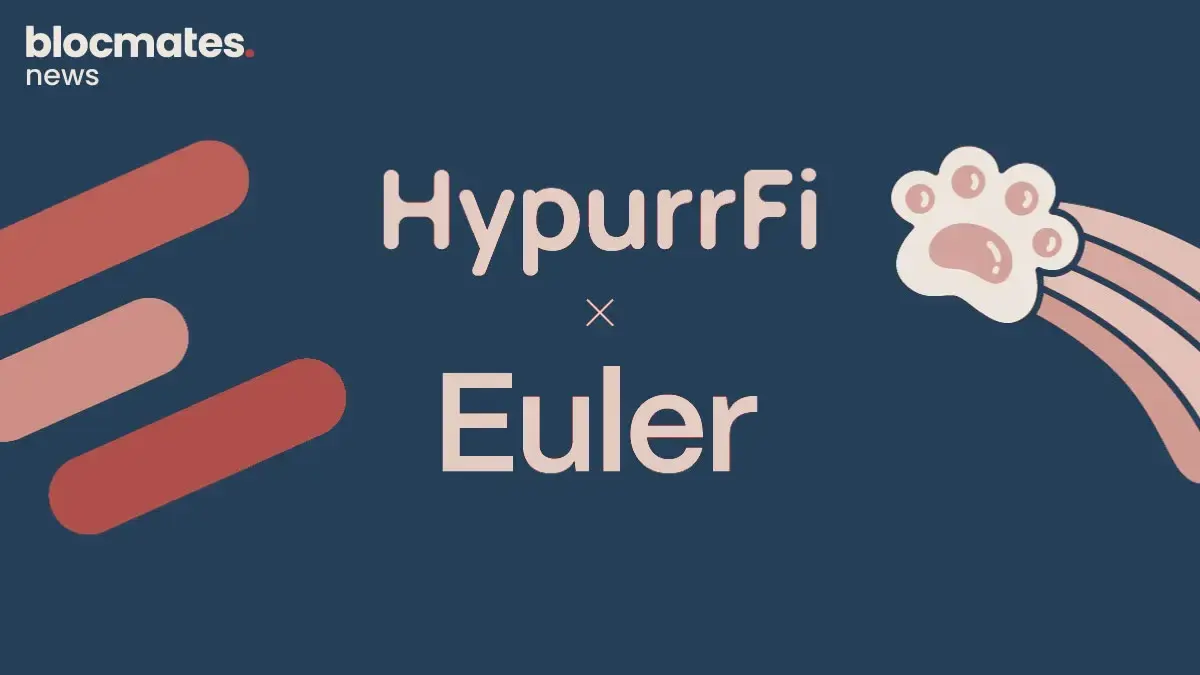









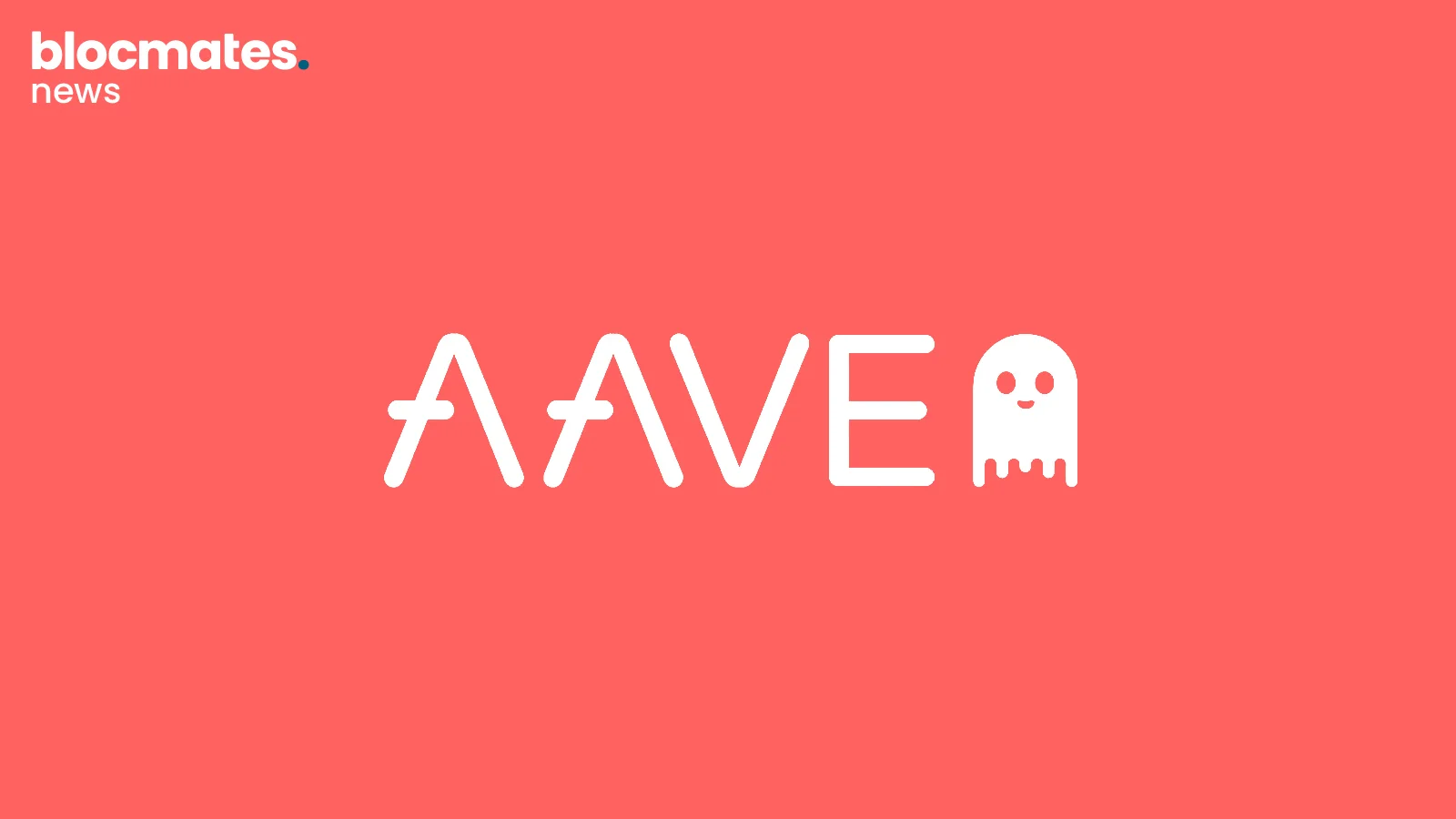
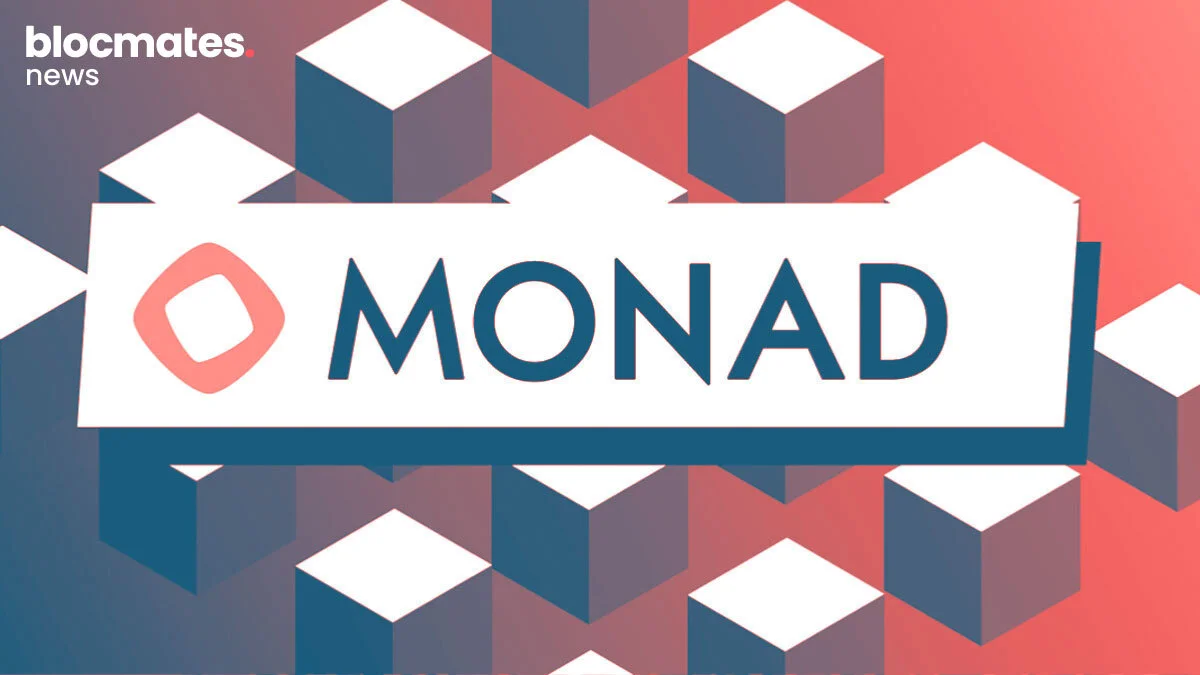








.webp)
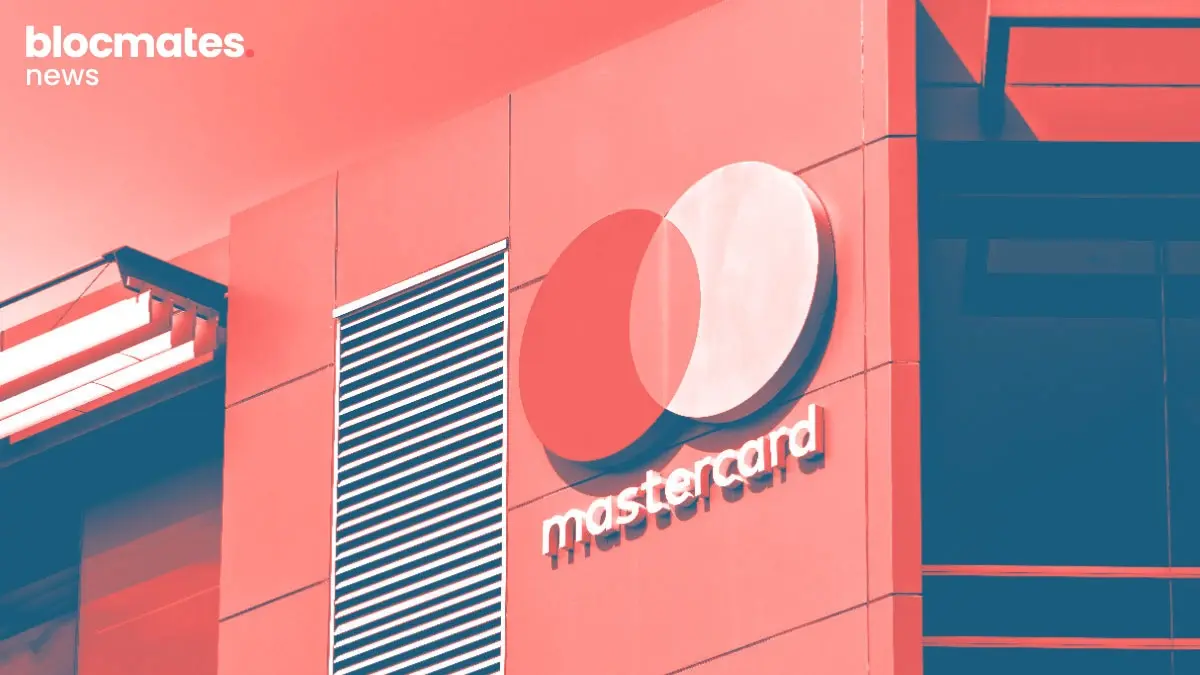






.webp)


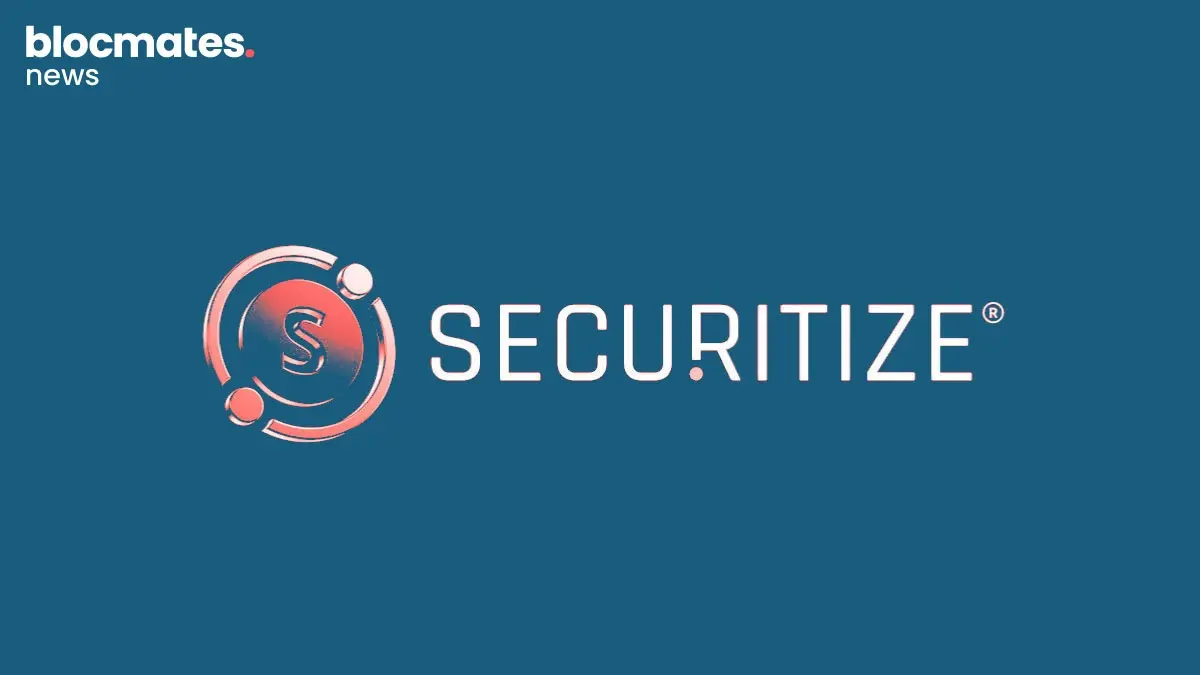

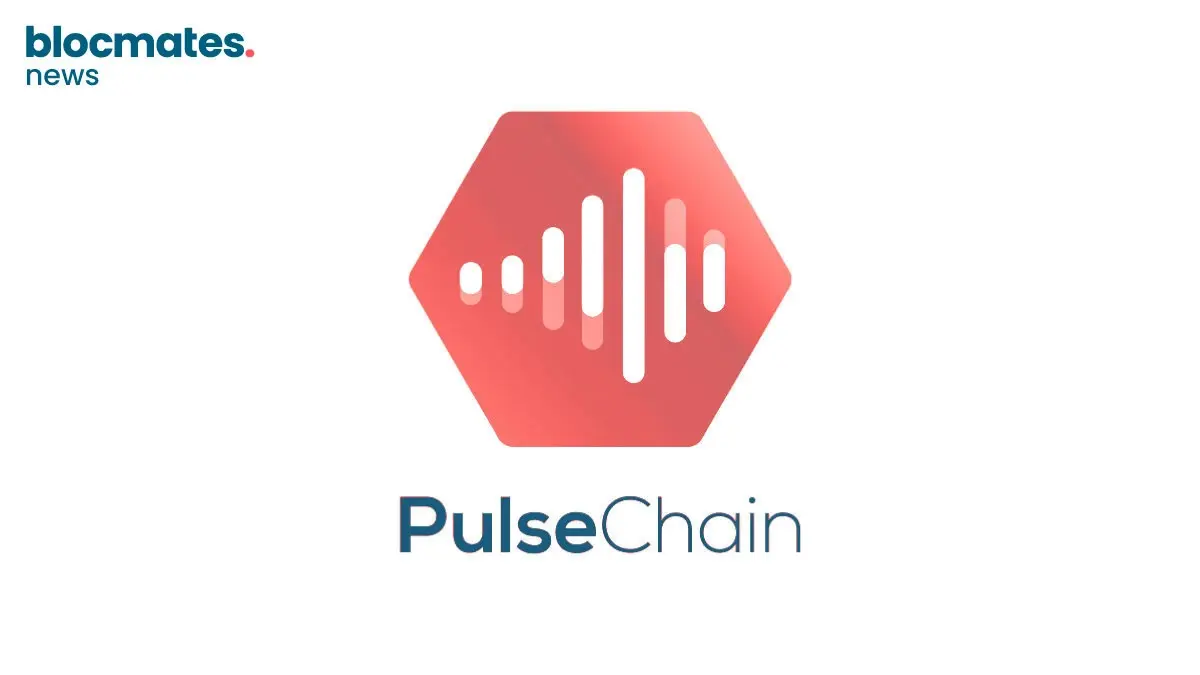
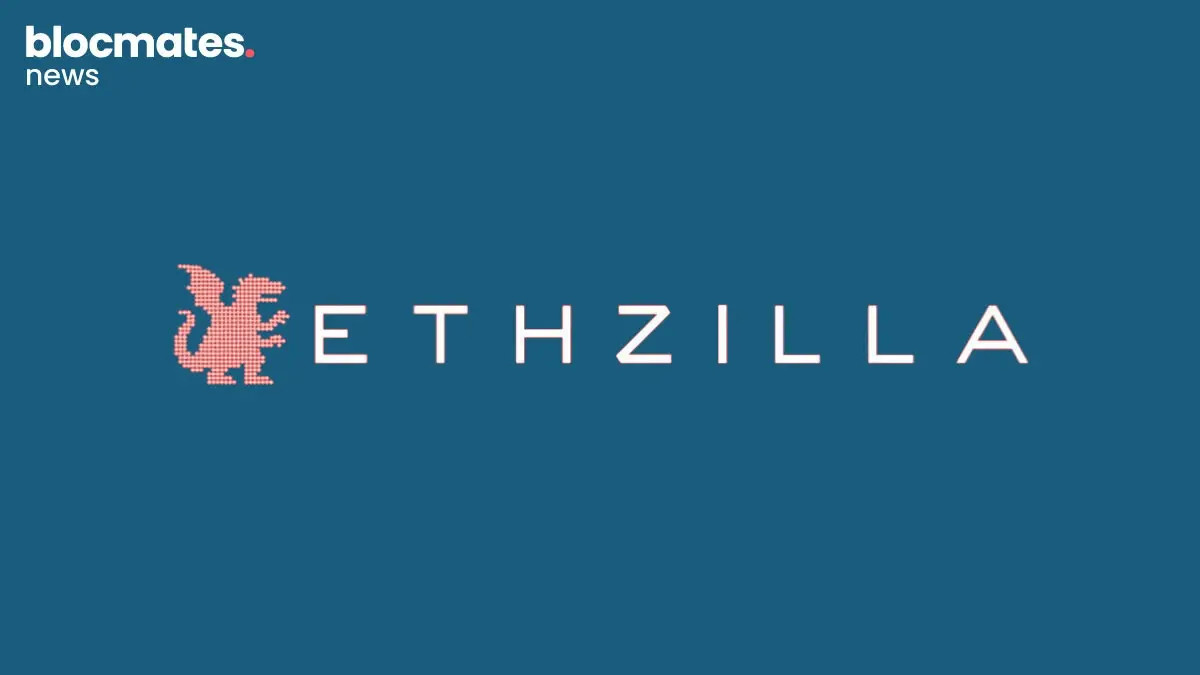
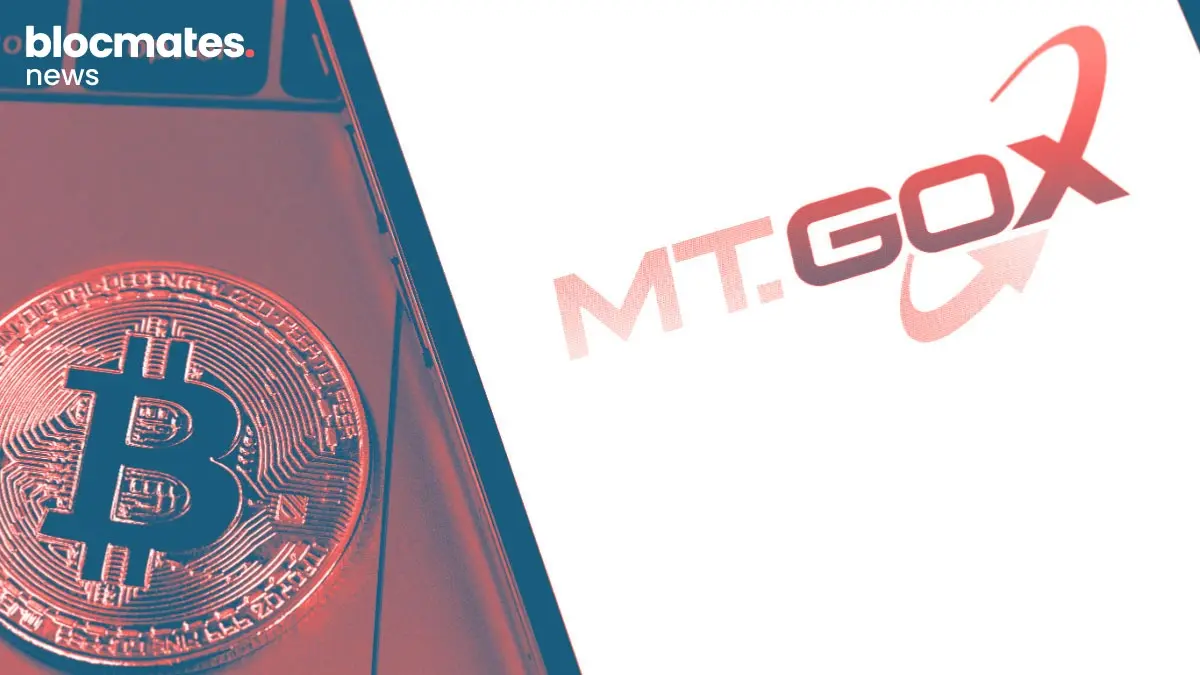

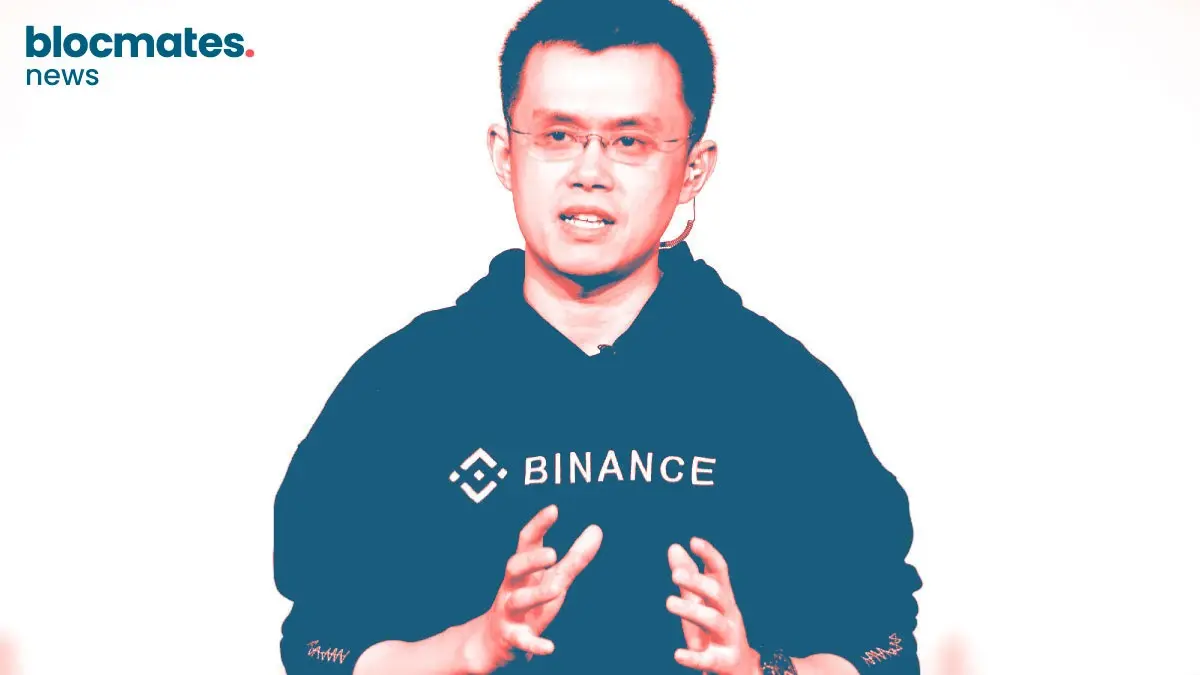


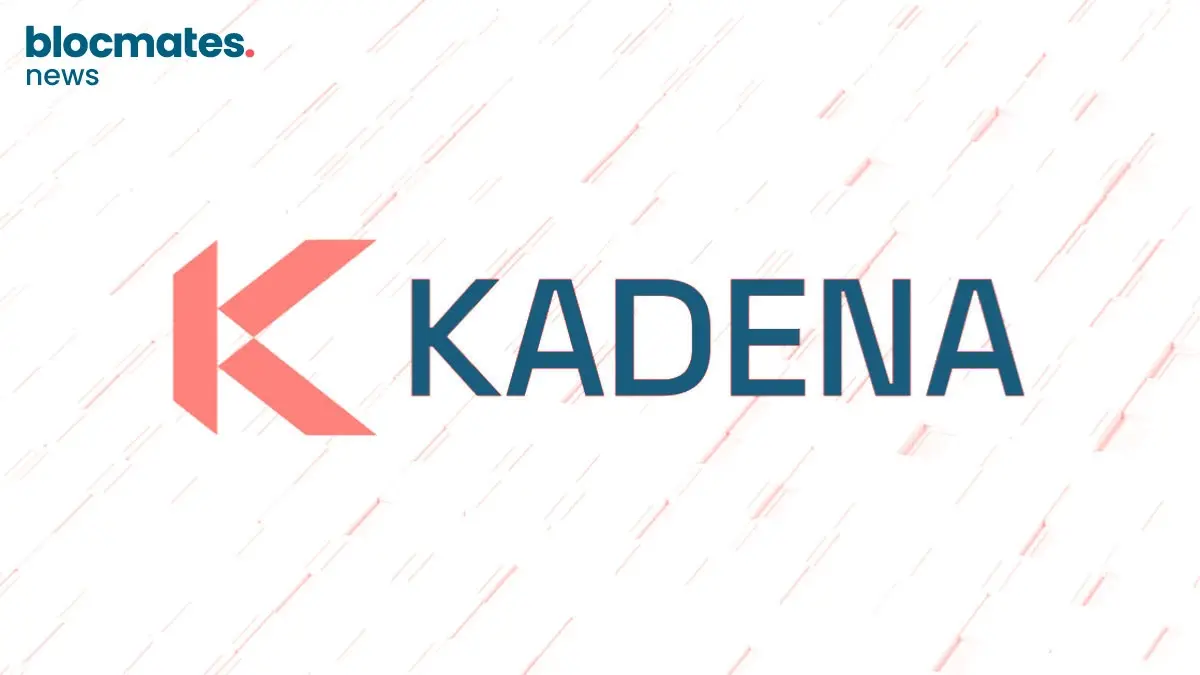

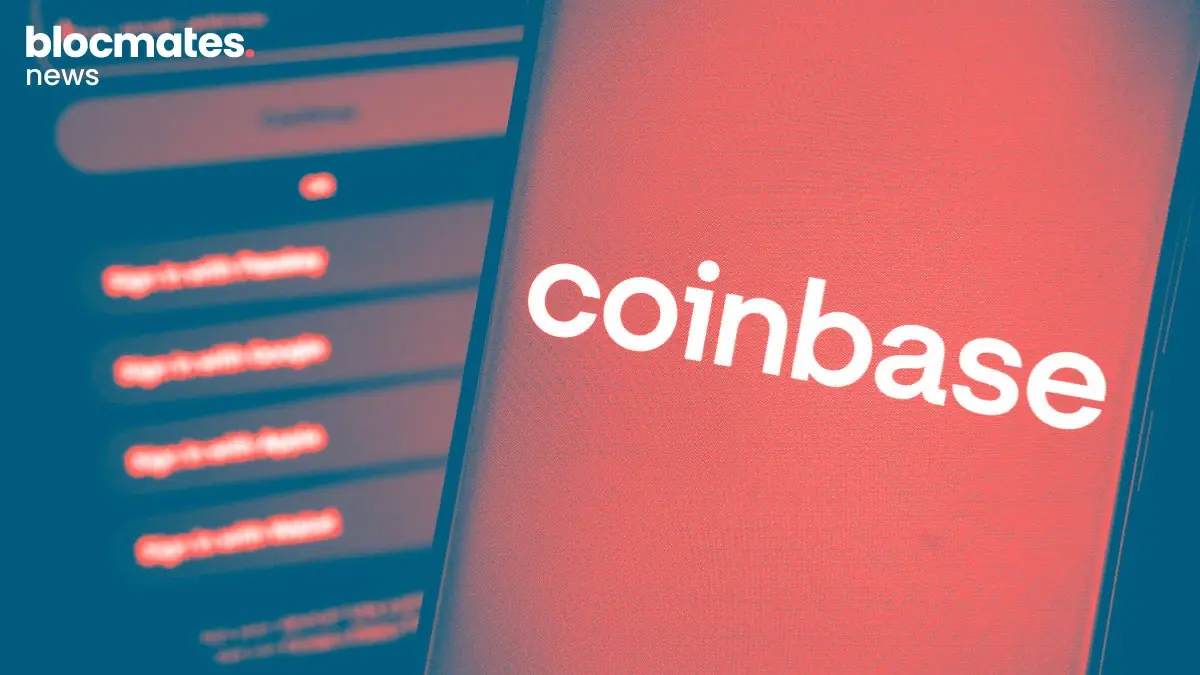
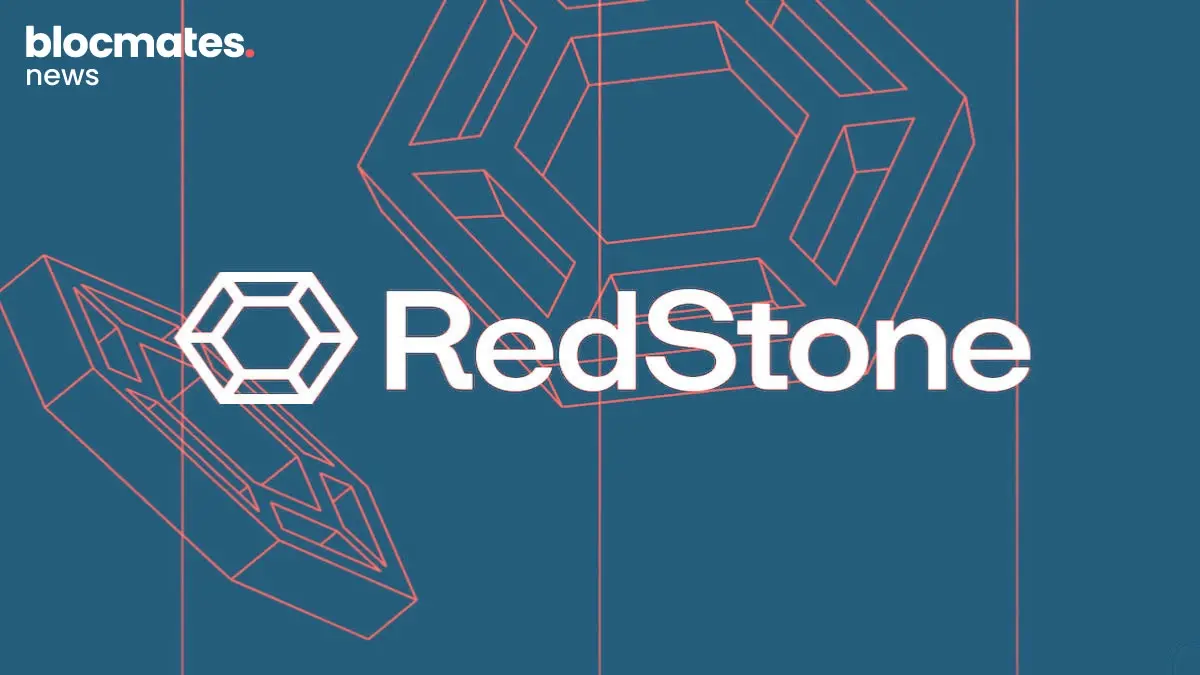
.webp)

.webp)
.webp)

.webp)


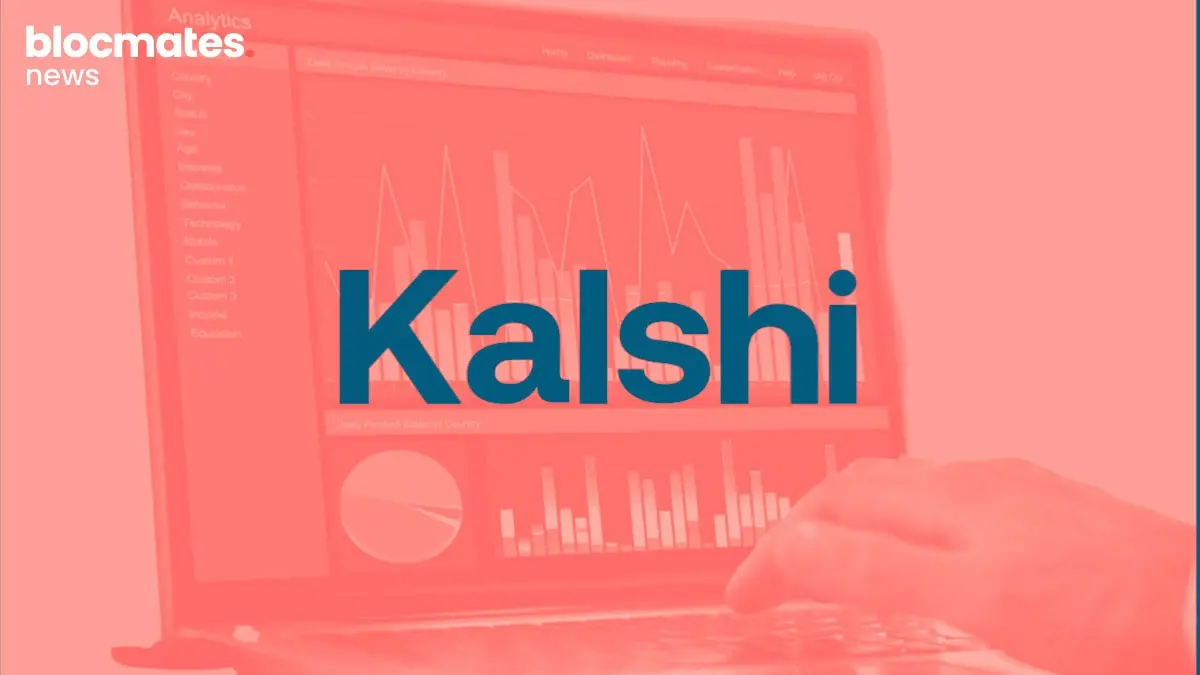





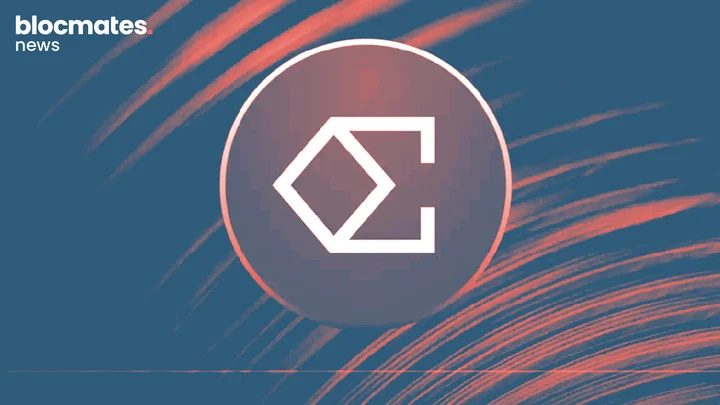


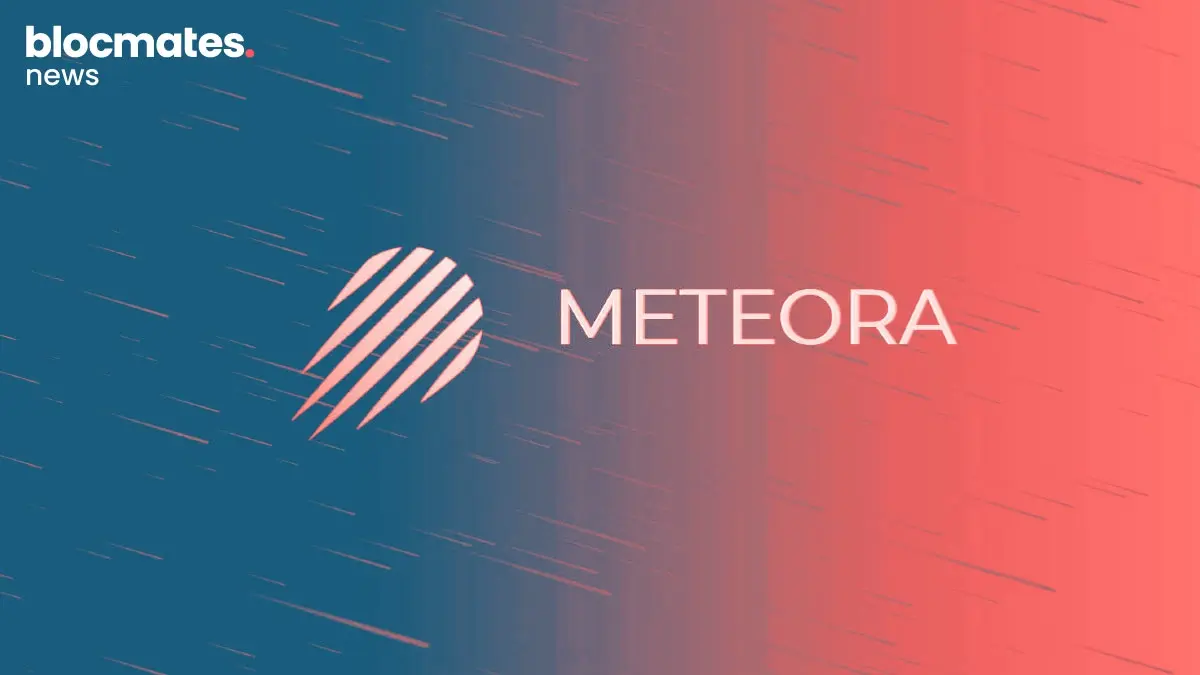


.webp)

.webp)

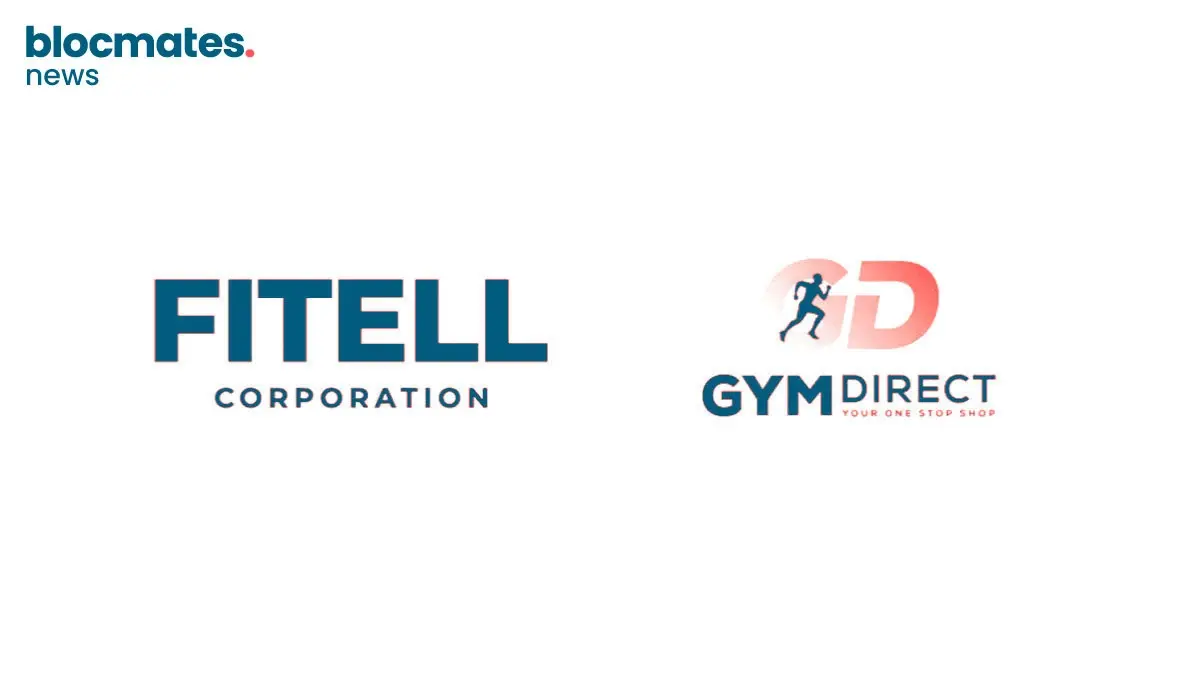
.webp)

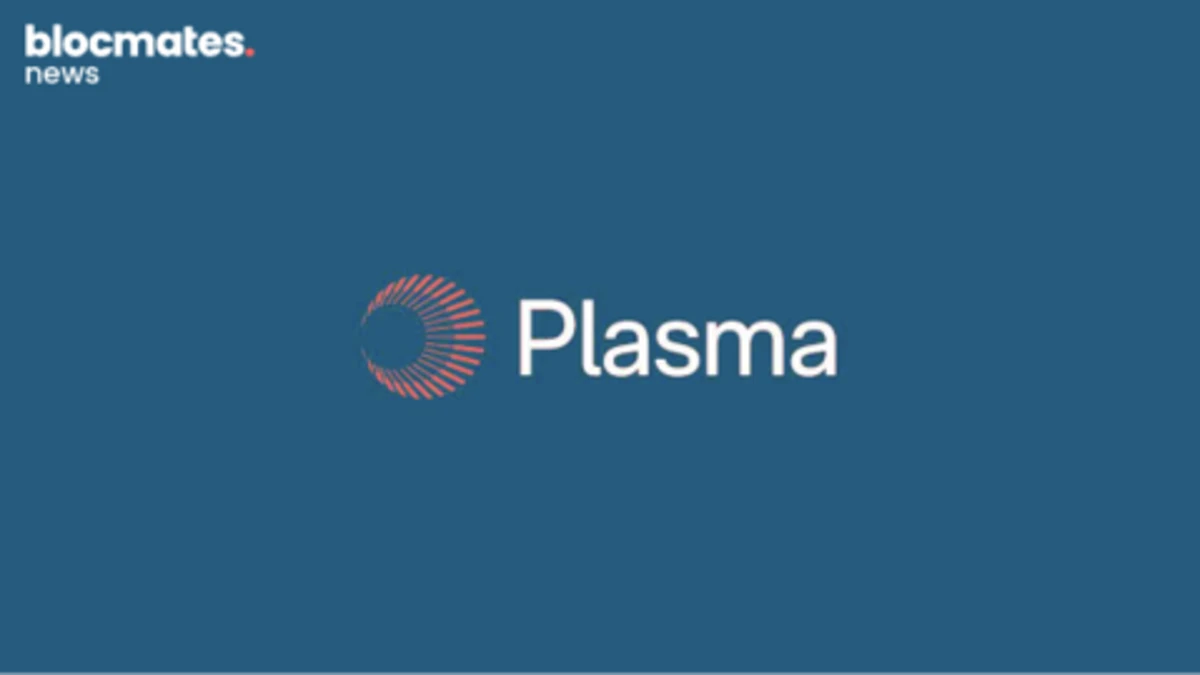

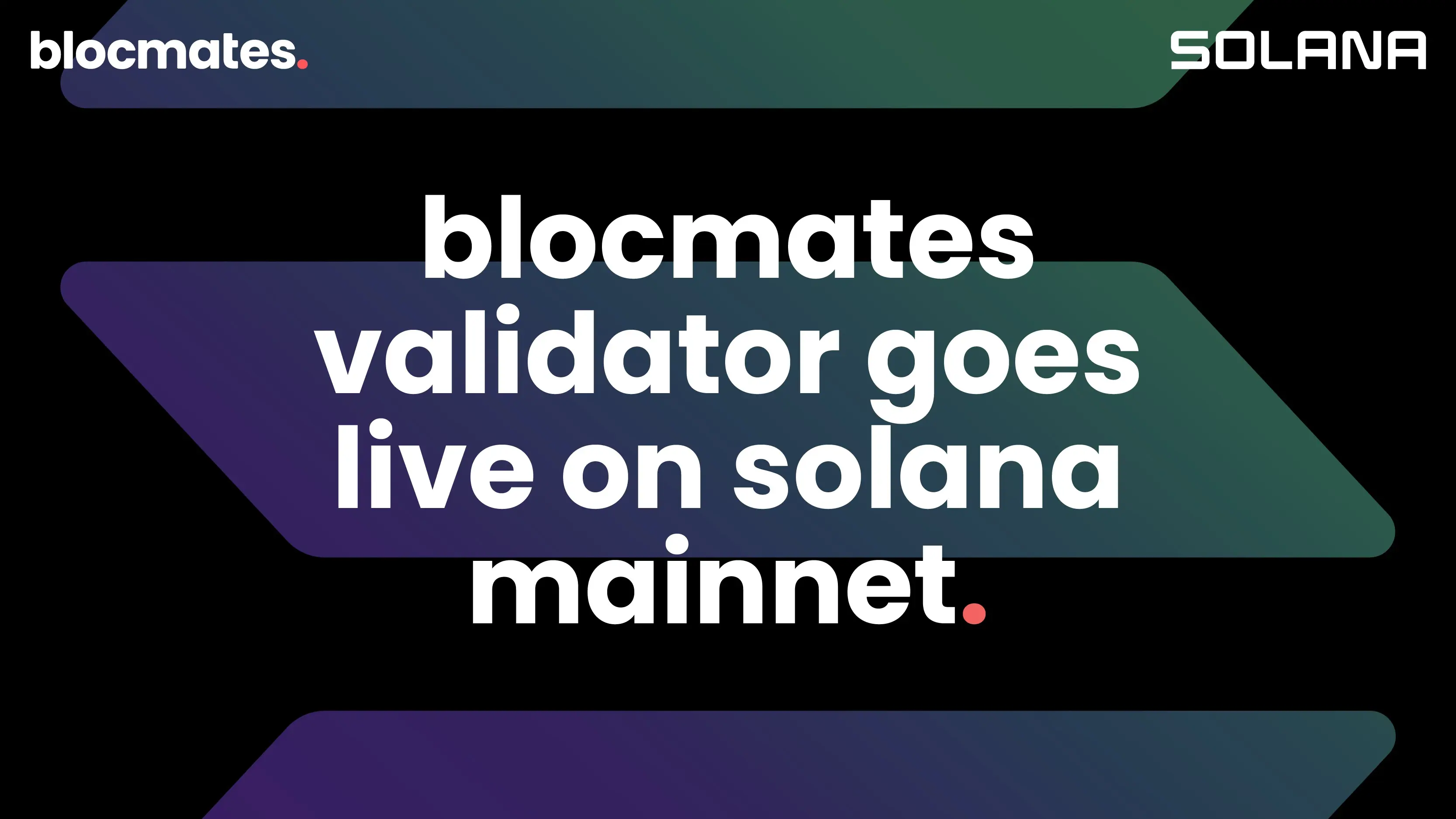
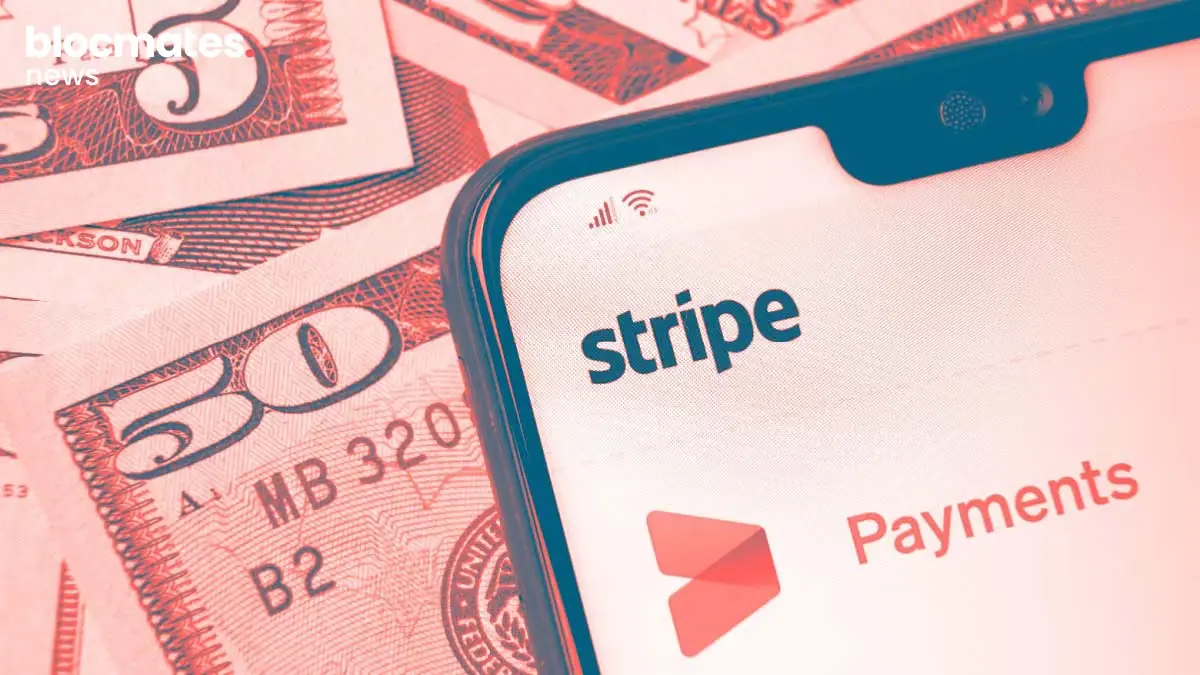



.webp)
